




31
20






31
20
(It’s clickable – just tap the page numbers to flip right to them)
Matt Cradock, Head of the Sheep Section, is excited for the first G&S Sheep Shearing competition – p.14
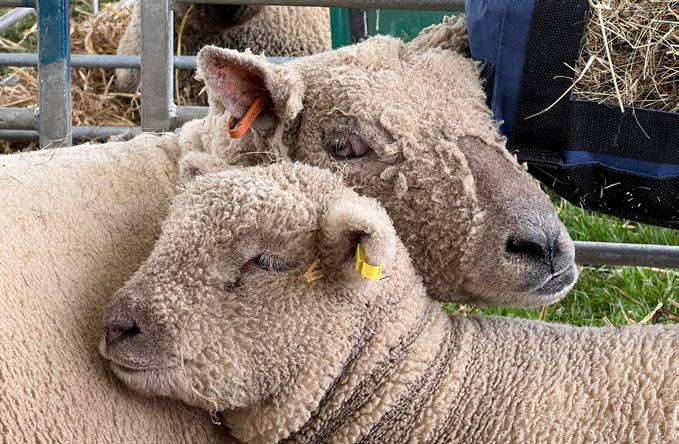

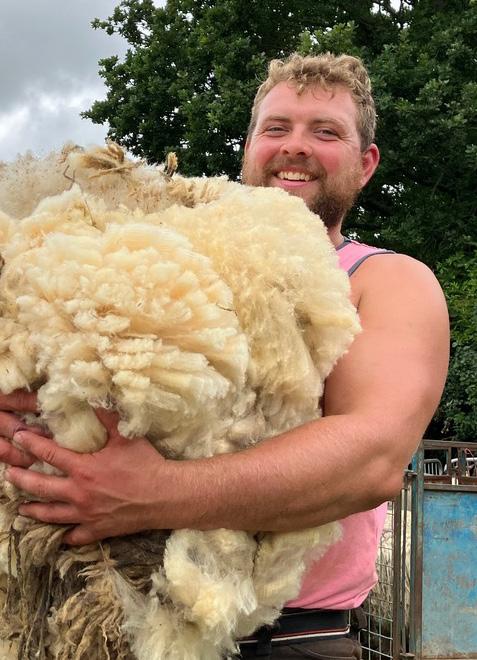
Make a plan! The timetables are here; check what’s happening and make a note of what you don’t want to miss this year – p.6
What not to miss! The 2023 G&S Show is bigger than ever and alongside some exciting new attractions, there’s a return of some much-loved old favourites – p.10 Wowie and the Wolfhangers; raising the teddy bear sheep – p. 25

We’re excited to have the clean boot South Downs Bloodhounds demonstrating a new type of hunt – p.12
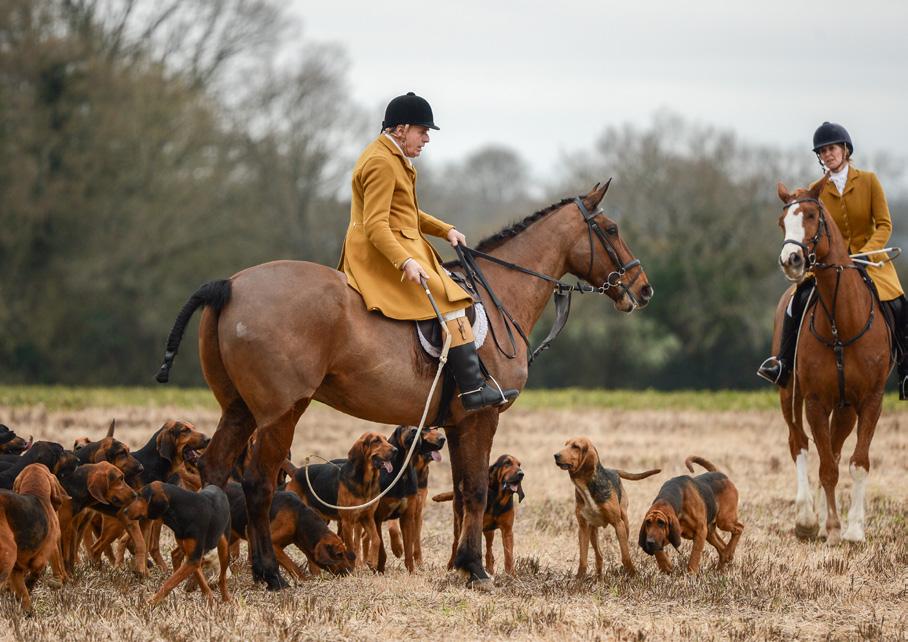
This year the G&S show has taken on a new format, moving from one day to two. The ever-increasing cost associated with putting on a show of this size means it makes financial sense for the show to span over two days, in the hope that the Great British weather is on our side for at least one of them! Along with the transition to a longer show we have seen a complete change of team in the office, with Nick Hill our new secretary supported by the Show Team. A huge amount of work has been done this year to ensure the show is a success.
There are some new additions this year – the sheep shearing demonstrations have moved to incorporate a new shearing competition, which is set to be a crowd-pulling spectacle. The Heavy Horse Village is even bigger this year – more room for them, and even better for watching these gentle giants. We will also see them join the Grand Parade, sponsored by Strutt and Parker and The Environmental Farmers Group, on both days in the Main Ring, sponsored by Gritchie Brewing Company; I’m pleased to say that the parade’s re-introduction last year after a 15 year absence proved to be a huge success.
The Jamie Squibb Freestyle Extravaganza will thrill you with a stunning motorcycle display in the Main Ring, and the Reme Lightning Bolts display team will float from the skies again on Wednesday this year. A procession of new and old farm machinery is a striking physical demonstration of its changes through the years.
The agricultural trade stands go from strength to strength and we greet many first-time stands this year as well as welcoming back all the familiar ones. The new 2022 layout stays – being able to walk completely around the outside of the main ring worked perfectly – and there is a big range of food and drink, enough to cater for every taste!
The show only comes together through the hard work of more than 300 volunteers and 100 paid contractors – they put so much time and effort in throughout the year, not just during August, to bring the show to you. Without them it really would not happen and we are so grateful for their support. I hope you enjoy your day (or two days) at the show!
Giles Simpson, Gillingham & Shaftesbury Show Chairman

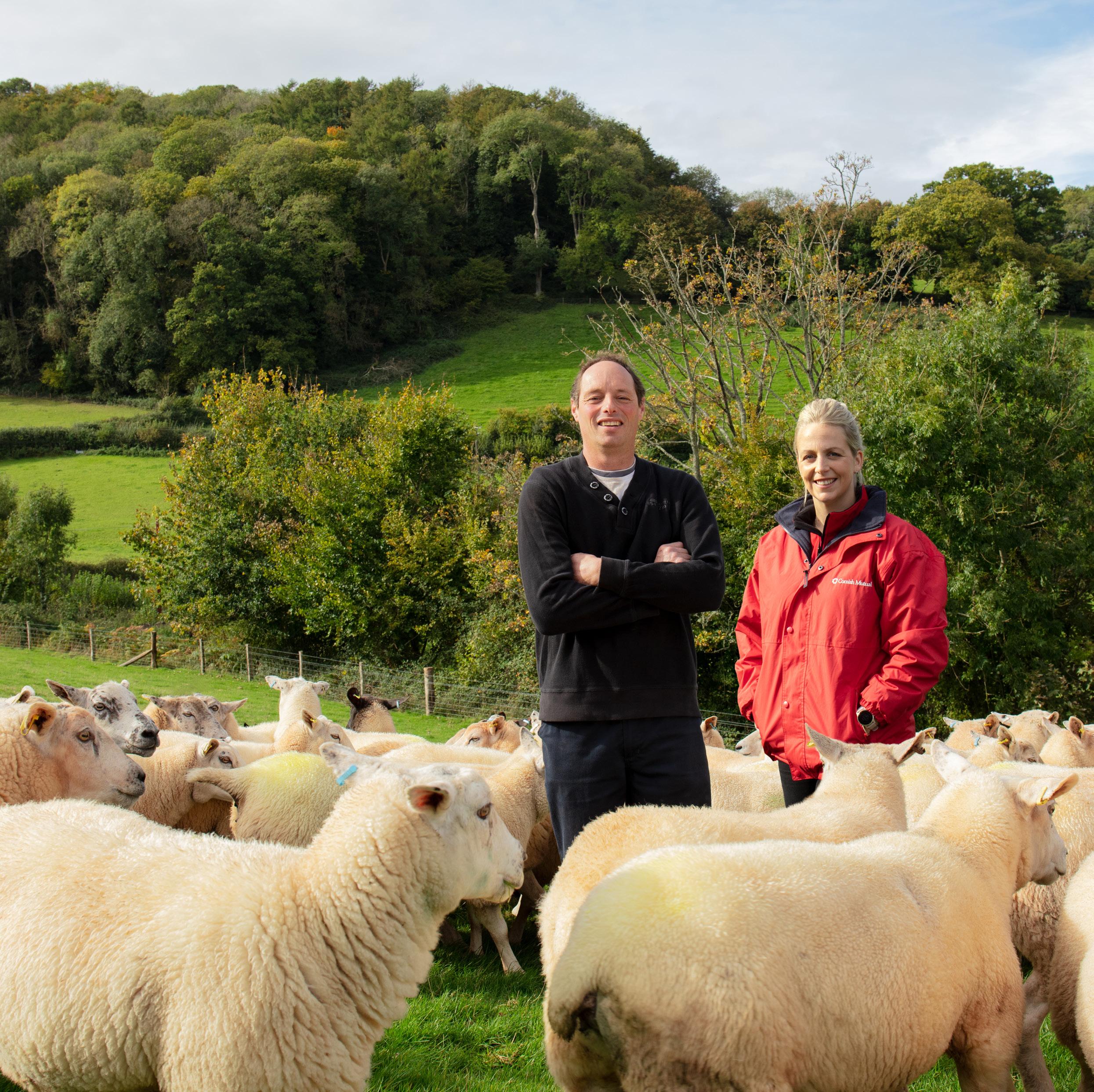
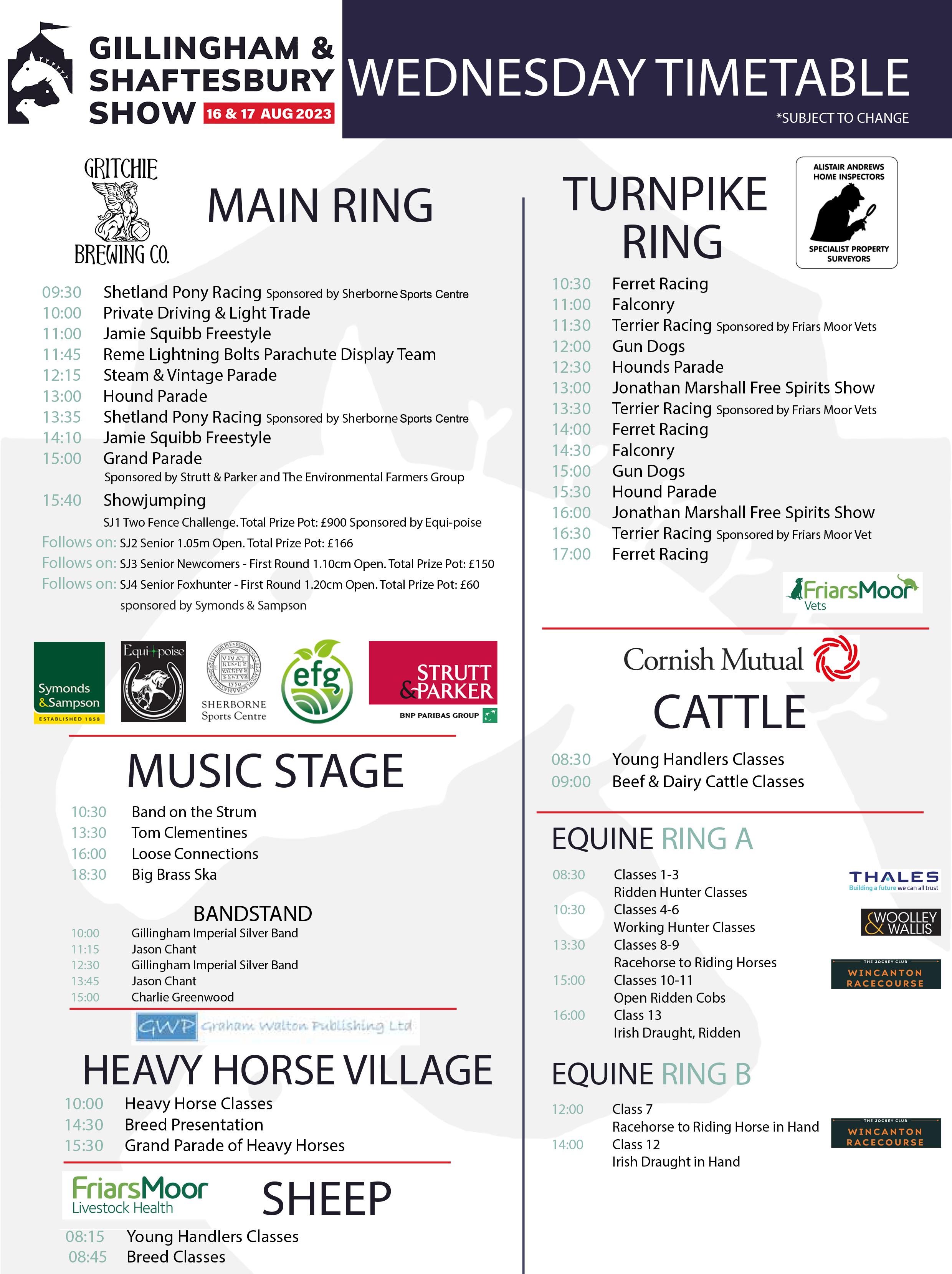
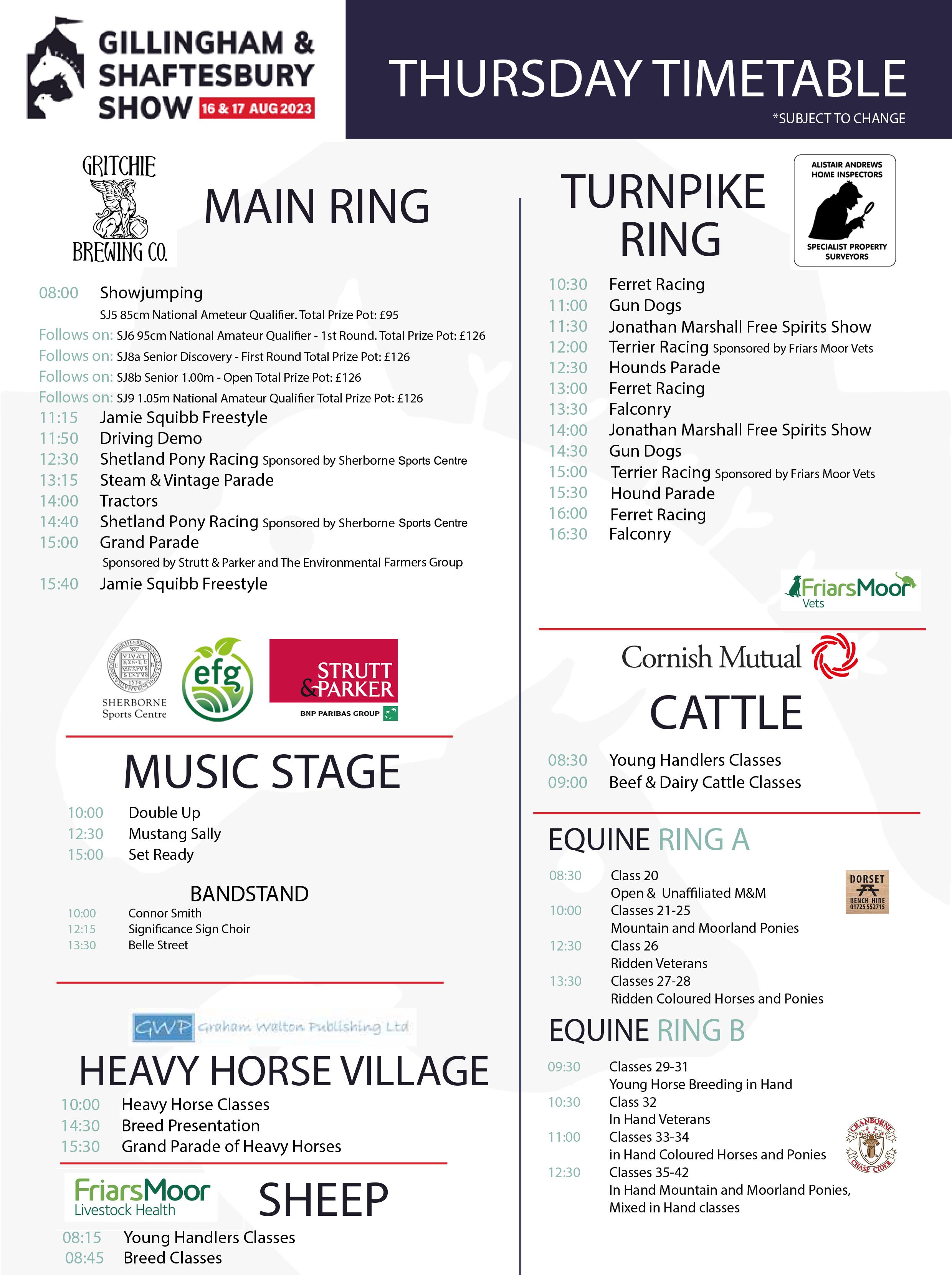
The G&S honours North Dorset’s vibrant sectors in a showcase of tradition, innovation, and community says MP Simon Hoare
The Gillingham & Shaftesbury Show is an always an annual showcase of all that is good and impressive from across North Dorset. It is, of course, primarily an agricultural show – allowing our fantastic local farmers to come together and to show off their livestock to visitors (and each other!). Farming and the wider food sector is so important to our North Dorset economy, of course, but also, much of our landscape depends upon farmers and landowners. I want to salute them for going out in all winds and weathers to feed us and maintain our environment.
When food security and supply chains are at the forefront of so many debates, if we ever needed to be reminded of the importance of maximising sustainable UK food production, the time is undoubtedly now. But the G&S is, of course, not just an agricultural show. It provides a platform for many

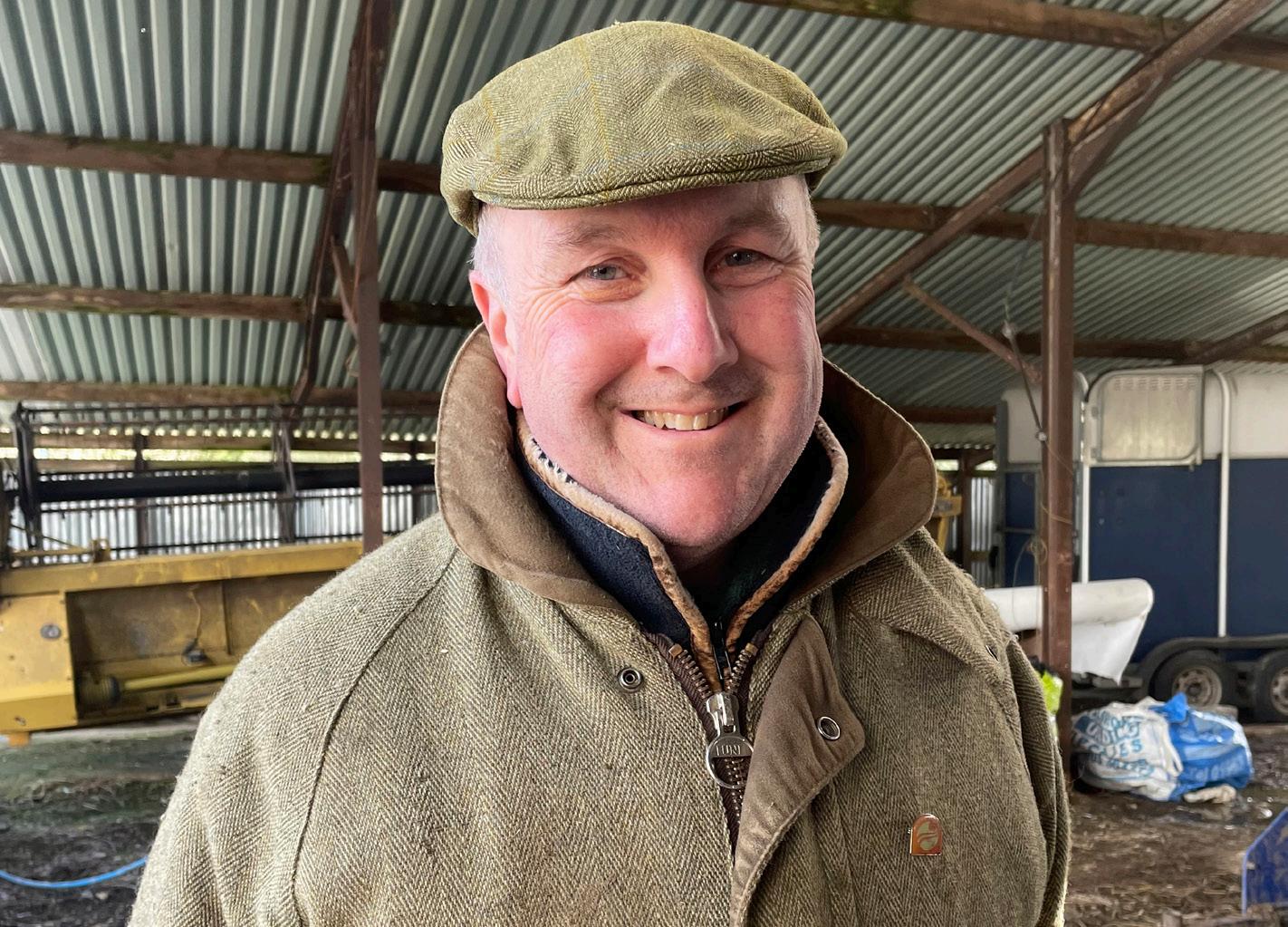
local businesses, allowing them to exhibit their entrepreneurial flair and innovation. Their importance locally is not just in job creation – they play a vital role in the mosaic of “North Dorset PLC”.
The show is also a fantastic opportunity for so many of our local charities and voluntary sector organisations to explain
what they do, raise muchneeded funds and hopefully secure some new volunteers or helpers along the way. The immense skill of the local craft and cottage industries at the show provide us an important link to our collective roots.
Old and new
I believe that these groups illustrate the strengths and the character of our beautiful part of Dorset; the vibrant and future-focused farming sector, the real community of people looking out for others through our voluntary sector, the fact we are an ancient area where craft and tradition are still valued ... but also that we are a forwardlooking county, sustaining our economy and creating livelihoods for our people.
I want to wish everyone a fantastic show – whether exhibitor, farmer, business, or simply ready for a fun day out. The G&S is a wonderful event –I wouldn’t miss it for the world. Have a wonderful two days!
The 2023 G&S Show is bigger than ever - and alongside some exciting new attractions, there’s a return of some much-loved old favourites
We are thrilled to announce that the adrenalinepumping SquibbFreestyle Motocross Arena Stunt Show will be headlining both days of the Gillingham & Shaftesbury Show this August! Prepare to be amazed as Jamie Squibb and his team of talented riders perform breathtaking jumps and stunts midair right before your eyes.

Hailed as the ultimate UK & International indoor or outdoor arena show, known for their jaw-dropping acrobatics, the team of riders is set to bring their high-flying skills to the Gillingham & Shaftesbury Show this summer, promising an unforgettable experience for visitors of all ages. Get ready for a heart-stopping performance that will leave you on the edge of your seat!
• SEE THEM – Gritchie Brewing Co Main Ring: Wednesday 11am and 2:10pm Thursday 11:15am and 3:40pm
For the first time in its illustrious history, the Gillingham & Shaftesbury Show welcomes the age-old craft and competition of sheep shearing. This isn’t just about trimming some wool; it’s about tradition, of course, but even more than that, a shearing competition is about skill and speed. As blades meet fleece in a rhythmic dance, both novices and seasoned professionals will showcase their talent, aiming not only for precision but also
the care and well-being of their woolly partners. Come and be entranced by the mesmerising swirl of wool, the hum of the shears, and the palpable tension of competitors vying for the title of the show’s first-ever shearing champion.
A professional shearer is skilled and careful - one shearer can shear a sheep in less than 2 minutes! Read all about sheep shearing and the Wool Village
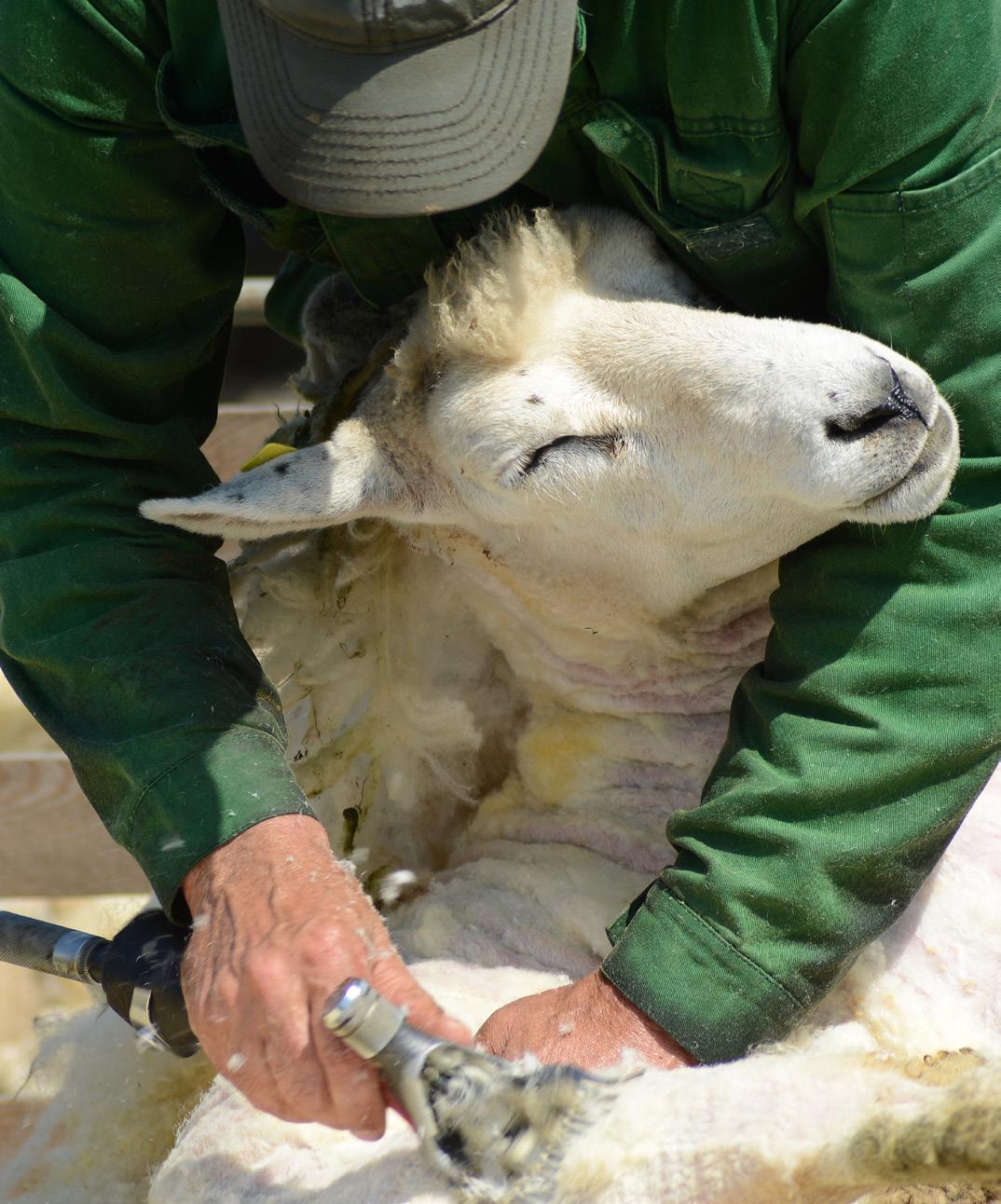
• SEE THEM – The
Village: Both days, from 10am onwards through the day (*TOP TIP – Don’t miss the fancy dress shearing at 4pm on Thursday!)


Following the excitement of last year’s display, one of the world’s most experienced operational deployment teams – the Lightning Bolt Army Parachute Display Team – will once again be jumping into the Gillingham & Shaftesbury Show! They had just one day’s space in their schedule, so Wednesday visitors will have the treat of seeing the dynamic military freefall team – watch them fly into the ring with smoke and flags!
• SEE THEM – Gritchie Brewing Co Main Ring: Wednesday 1:45am
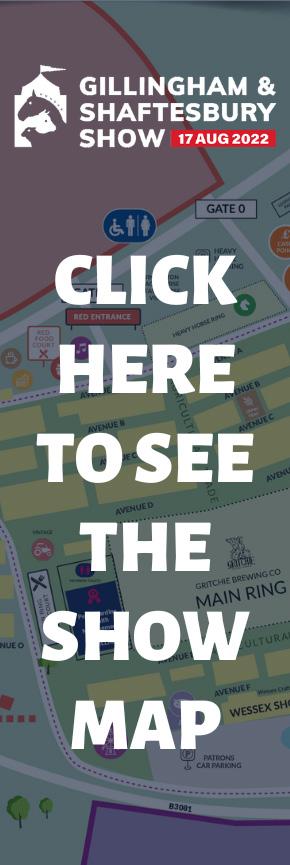
Agriculture has always been the heart of the Gillingham & Shaftesbury Show, and following it’s reintroduction last year after a 15 year absence, the Grand Parade of Livestock, sponsored by Strutt & Parker and the Environmental Farmer’s Group, will proudly return to the Gritchie Brewing Company Main Ring this year.
At 3pm watch as all of the days champions, prizewinning livestock parade around the ring – and this year the Heavy Horses will be joining in! We promise it is a spectacle not to be missed.
• SEE THEM – Gritchie Brewing Co Main Ring: Both days, 3pm
This year, the Gillingham & Shaftesbury Show has a special treat for both seasoned attendees and newcomers alike. The South Downs Bloodhounds will be parading in both rings over the two days, promising a unique spectacle – hunting tradition without the controversy.
Established in 2004 by the current senior Joint Master, Jeremy Whaley, who also takes the role of Huntsman, the South Downs Bloodhounds offers a fresh twist on the traditional British hunt. Rather than pursuing foxes, these hounds

chase after a ‘clean boot,’ which refers to the scent of human runners – volunteer ones, obviously! These runners, called quarries, set out between 20 and 60 minutes before the hounds, along planned routes. The chase can span varying distances, and with three to five hunts in a day, participants can engage in as many or as few as they choose. The hunts have been thoughtfully designed to keep the exhilaration of the chase alive, while simultaneously respecting and protecting wildlife. It’s a wonderful way to celebrate our countryside’s rich traditions while safeguarding its natural wonders.
If you are interested to try it for yourself, there are lots of ways to get involved.
The South Downs Bloodhounds may be based in Hampshire, but last season they had hunts locally in the Tarrant Valley and Sixpenny Handley on Cranborne Chase. Those curious about this human-hunting spectacle are welcome to take part on horseback or on foot – or even to try leading the way as a quarry.
Non-participants are also welcome to witness the thrilling chase as car followers. The South Downs Bloodhounds

The clean boot South Downs Bloodhounds will be demonstrating a new type of hunt at this year’s Gillingham & Shaftesbury ShowALL IMAGES © Sharon T Photography sharontphotography.co.uk
guarantee exhilarating hunts without putting any wild animal at risk. They strongly promote a community where everyone, regardless of their role, can come together and continue an ancient tradition into the 21st century.
At the show
The inclusion of the South Downs Bloodhounds is not just


about entertaining the crowds at the G&S Show, but also about conveying a message of respect for tradition, wildlife and the countryside. The South Downs Bloodhounds team are renowned for their professionalism and skill with their hounds – watch out for the cheerful dogs and the Huntmaster’s absolute control. It promises to be an
unforgettable experience and a significant milestone in promoting new ways of keeping our traditions alive.
The South Downs Bloodhounds will be parading in the Gritchie Brewing Co Main Ring on Wednesday 16th, and in the Turnpike Ring on both days of the show.
• southdownsbloodhounds.com

First he introduced the Wool Village, and now Matt Cradock, chairman of the Sheep Section, has launched the first G&S Sheep Shearing competition

This is Matt’s seventh year in charge of the sheep section at the G&S and changes keep coming.

After two successful years of shearing demonstrations, he had a new idea – a shearing competition. It has never been done before at the G&S Show, and Matt’s keen to share how exciting it will be to watch. There will be seven contest categories in all. On the Wednesday, it will be the junior, blade and veterans (over 50s). And on Thursday, the intermediate, senior, open – and a fancy dress category too! There could be entrants on the day, so it’s hard to gauge how many will take part.
‘I reckon 40 shearers across all classes would be optimum,’ Matt says. ‘We’re also trying to keep the education going with a lot of demonstrations.’
The desire to educate is what inspires Matt. ‘It is important for the public to see – it’s the
audience I want because it’s a big part of the education side of it. People understand that sheep get sheared, but they don’t really know what’s involved. They have to see it for themselves. There are always masses of

questions and I love that!’
The Wool Village, which made a successful debut last year, is also returning for 2023, and in a bigger space. The Village aims to tell the background story of sheep, with spinners explaining

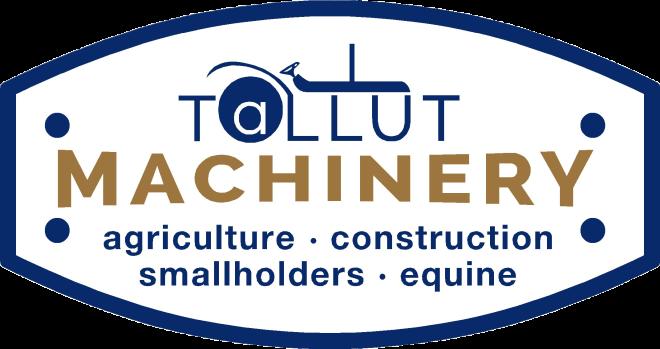




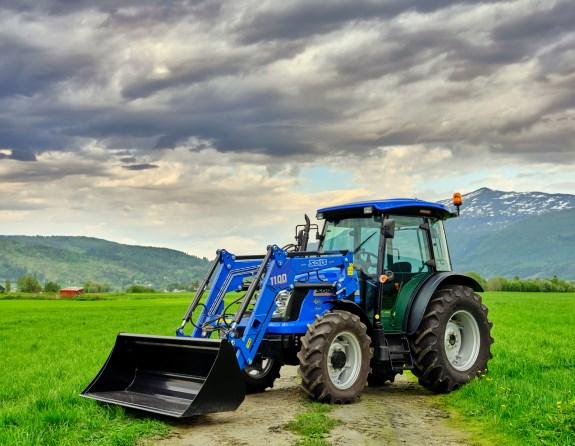
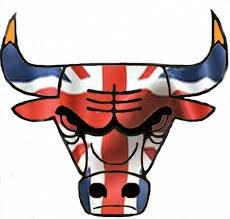
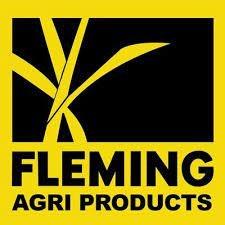
how the wool is turned into yarn, as well as talks and exhibits. There are fleece classes, where those exhibiting their stock bring along fleeces for quality judging. And of course there is also the showing of sheep, with competition classes and prizes for all the pedigree breeds. Having a rosette on your animal is very good for business. Rumour has it that a jumper was recently made for Matt from his own sheep’s wool – it may make an appearance at the Show !
From two to 3,000
The weather has apparently been kind to shepherds this year. ‘Six weeks of hot, dry weather means you don’t have to shear wet sheep!’
Matt began shearing in late March, then moved straight into lambing from early April through to mid-May, with shearing ending by the end of July.

Matt has 1,500 of his own sheep – a mix of breeds including Charollais, Border Leicester and Poll Dorsets. They are spread over 300 acres of rented land across North Dorset. He will shear 3,000 sheep this year, including his own, working with all sizes from a two-sheep ‘flock’ to one in the Sparkford area with 1,100 sheep. Poll Dorsets are notoriously tricky to shear. ‘One gave me a black eye this summer with a swift kick. I didn’t think it was that bad but when I wiped my face, there was blood. My shearing customer was laughing but hadn’t told me about the blood because it was the first one of the day and she thought I might have just left!’ Matt is well qualified to chair the Sheep Section at the show and is clearly highly regarded in the area. The
Sparkford landowner had just lost their shepherd when they called Matt in to shear. They offered him a full-time job –and the gap in pay expectation was small enough to make him seriously consider selling his own flock of 1,500. But he remains, for now, his own boss.
Matt lives in Stour Row and had 30 customers for shearing this year, from the Dorset coast to the Somerset borders. He also does lot of shepherding. ‘I’m getting more work because there are not enough people doing it – there aren’t enough people going into farming itself. A couple of local shepherds have given up their round. People are pulling out of farming so plots of land do come up now. Farming
never gets easier and there is a shortage of farm workers too.’ His dad does all the machinery maintenance ‘for little reward,’ jokes Matt. His dad also drives and delivers dairy products for Crook & Churn.
The Dorset Dairy Co has recently announced that it will sell its dairy herd and milk refill business and concentrate on dairy products such as yoghurts, kefir, cream and butter. Matt Cradock says: ‘It tells you the way it’s going. In the last 18 months the shortages and losses you make if you sell at the wrong time of the week can mean you don’t have a gross margin left.’ Last year he sold 40 tonnes of wool to the Wool Board at 35p a kilo – netting around £1,500. ‘The wool is just a bit of a bonus, so when I come to shear my own sheep, it’s all paid for.’
• The shearing competitions begin at 10am and run throughout both days in the Wool Village.
Matt has 1,500 sheep – Charollais, Border Leicester and Poll Dorsets – spread over 300 acres of rented landMatt will be shearing 3,000 sheep this year


There’s so much going on at the G&S Show that it can be easy to overlook some areas. So we thought we’d just take the opportunity to give you an insiders peek into a few of the quieter areas which we strongly recommend you don’t miss as you explore the showground ...
Paul Tory is chairman of the Dorset and Wiltshire Poultry Society and he organises the egg judging at Gillingham & Shaftesbury Show.
‘When judging chicken eggs you look at either a single egg, three eggs together or their contents. With duck eggs, we always judge three, which all need to be egg-shaped (hold that thought - Ed) and identical in size. There should be no blemishes, and the eggs should be blue.
‘You look at the size, the weight (they should all be the same weight), and you sniff for freshness.

‘When looking at contents, the yolk should be yellow. The inner white part should be clearly separate and jelly-like, while the outer white is watery. None should be runny – the runnier it
is, the worse the egg. The more orange a yolk, the healthier it is. It should be round and protruding – like a rising sun.’ Duck and chicken eggs do have notable differences, Paul says. ‘Chicken eggs are either white, blue, or brown. The white ones need to be as white as possible – it’s a hard class to win because white eggs show minor defects. There is also a class for one egg of each colour from three different chickens. In all cases, eggs should be egg-shaped with no blemishes.’
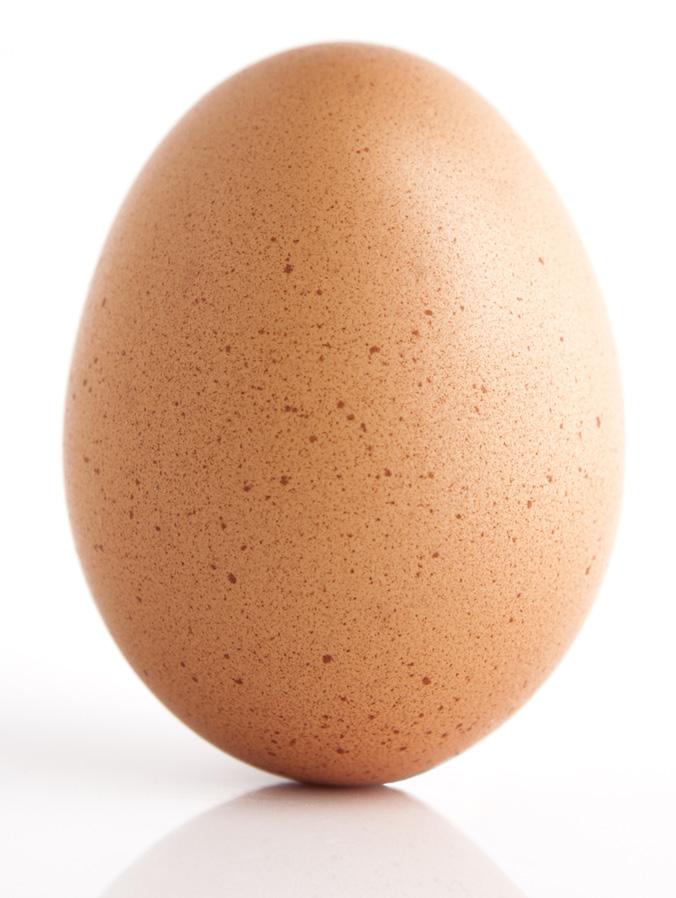
Still wondering what other shape an egg could be (and the effect on the chicken)? Paul explains that ‘some eggs are oblong! But there is also an “odd-shaped egg” class where you could find pointy eggs, squat-shaped ones and double yolks – and maybe a few oblong ones.
‘The individual egg winner is always a stand-out egg that catches your eye. It glistens without a shine and is not dull.’ Now you can make a visit to the egg marquee and cast your newly-knowledgeable eye over those eggs!
rabbit tent Peter Huntley is the chairman and secretary of the Frome and District Rabbit Club and he organises the rabbit section at Gillingham and Shaftesbury Show.
‘Every breed of rabbit has its own standard and regulations – for example, the Netherland Dwarf must not exceed 2½ pounds in weight. We use the British Rabbit Club Breed Standards Book; everything we need is there.
‘In the UK, we bring all the rabbits out – so all the red-eyed ones will come out together and line up on a table. The judge picks each one up and examines it, checking its body, condition, teeth and overall health – and it’s in front of the owner so they get to see what goes on. In Europe, they don’t see what happens – the judging is done in secret. So for us it’s far more friendly, having all the rabbits on the table.
‘There are 95 breeds of rabbit in the UK, broken down into four groups – the fancy section, the lop section, the fur rabbits like

We think you’d be barking to miss these egg-cellent areas during your visit (sorry)
Chinchillas, bred for their fur, and lastly the Rex section, which all have a velvet feel to the fur. At the end of the show, we take the best from each class and put them all on the table.
‘There are two judges, from fur and fancy, and they select the best in the show.’
There are ‘five freedoms’ that it is important to stick to when judging rabbits, Paul says: ‘Freedom from hunger and thirst, discomfort, injury and disease, freedom to behave normally, and freedom from fear and distress. We are strict about them, ensuring rabbits have enough space and their wellbeing is protected.’
Unlike cattle, dogs or horses, show rabbits don’t have names officially – although we’re sure they probably do at home.
You can find both the rabbit and poultry marquees either side of the church tent, beside the Turnpike Ring.

Sitting almost halfway between the Main Ring and the Turnpike Ring, don’t miss the Dog Agility Ring. It has a full day’s timetable of both demonstrations and the fun dog show! Run by Dogwise Training School, based in Mere, you can watch the amazing dogs
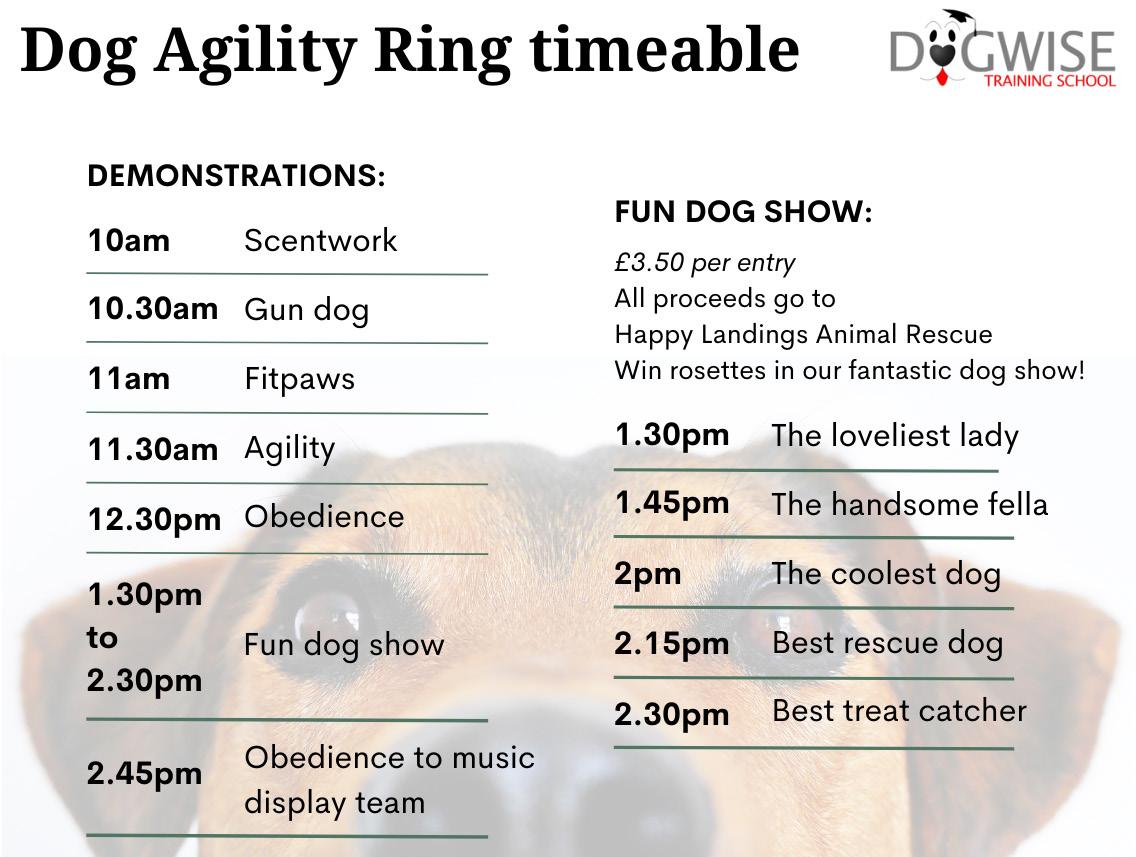
in the demos – enter your own pooch into one of the classes! You can see the full timetable in the image below.
Dogwise will also have their amazing dog shop – they assure us there’ll be bargains to be had for every dog owner – and a charity tombola.
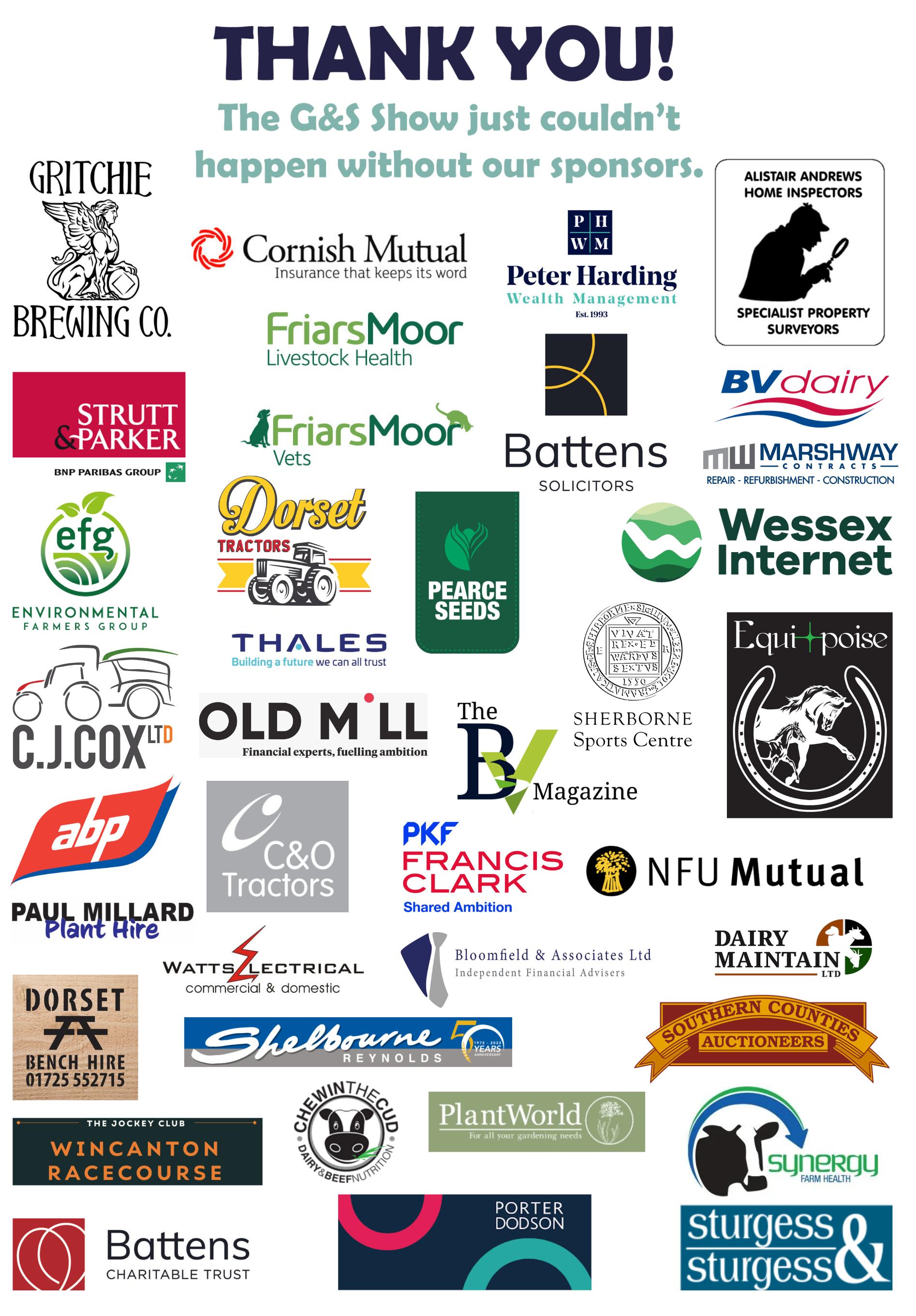

Sometimes it’s handy to have a quick cheat sheet to the essentials when you’re planning your visit to the show – so here’s the Show Team’s round up of everyone’s most frequently asked questions:
The signal can be shaky within the showground, so to ensure quick and easy entry, make sure you have downloaded your digital tickets to your phone before you leave home!
Again, signal is patchy, so relying on contactless can be hit and miss. Some back up cash is a good idea.
Take a look at the timetables and map, and make a note of the times and places for the things you don’t want to miss. The attractions are popular, so you might want to bring a chair and bag a spot ringside!
Thanks to Battens Solicitors there will be free Water Points around the ground – bring your re-fillable bottle, and ensure you stay hydrated. It’s a long day!
There is no specific disabled parking – if you have a blue badge you will be directed as near as possible to the show site entrance in each car park. Pre-booked mobility scooters should be collected from just inside Gate 1.
We’re proud to have Mobiloo on site this year, with a fully accessible toilet featuring an adjustable changing bed, a hoist, plenty of space, independent access (RADAR Key), solar power, full room climate control, as well as visual and auditory sensory control. You can find it by the members tent.
Well-behaved dogs are of course welcome – but on a short lead, and under control at all times. Please note that NO dogs are permitted within the Cattle or Sheep areas, or in any marquees.
BACK UP PLAN!
When you arrive at the show, agree a plan with your family and friends in case you get separated –perhaps set a What3Words and share it, and set a time to meet up.
Handy What3Words locations for you:
• Show Office – regime.perplexed.sifts
• Gate 1, Main Entrance – screeches.rare.tutorial
• Red Car Park – advising.curtail.florists








• Green Car Park pedestrian entrance – prepares.aliens.tonight
• Gate 6, Purple Car Park entrance – backlog.serenade.handlebar
• Gate 8, Red Car Park entrance – hourglass.stated.rainbow
• Blue Car Park e-ticket checkpoint – bulldozer.beans.inner
• Turnpike Ring – footpath.hunk.mingles
• Main Ring – reduction.inflation.amounting
Do share your pictures on social media – use #GandS2023, and tag us in so we can share them: on both Facebook and Instagram we’re @GillinghamandShaftesburyShow
Jason Bennett is dedicated to preserving England’s oldest cattle breeds and is committed to educating the public about meat quality
British Whites and Gloucesters are two of the oldest native English cattle breeds – Gloucesters date back to the 13th century. Jason Bennett, who runs a smallholding two miles from Wells Cathedral, is passionate about rare breeds. ‘My daughter and I have British Whites and a Gloucester. We also keep Dexters. It’s a father-and-daughter collaboration. Gloucester cattle are rarer than the giant panda – there are more than 2,000 giant pandas in the world, but fewer than 600 Gloucesters. The biggest Gloucester herd has 300 animals, and is in Gloucestershire. We are beef farmers, although Dexters and Gloucesters are dual-purpose beef and dairy breeds. We do beef boxes from the Dexters and then rare breed burgers and patties. Our Dexters are doing well at the moment. This year we won the Inter-breeds Championship and Reserve Championship at Honiton Show.’
With bulls it’s softly, softly You only have to walk around the cattle area at an agricultural show to see the constant work needed to get the animals ready. How does Jason know which cattle will be potential champions that he can train for showing?
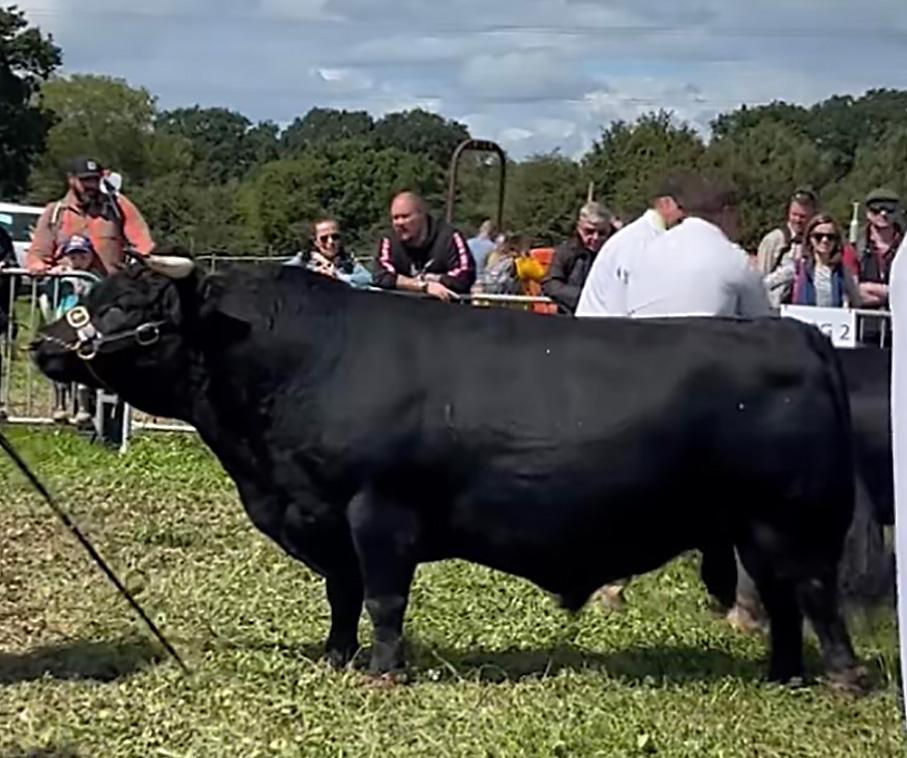
‘It starts when they are calves. You look for the ones that show a bit of promise, it’s all in how they stand and look. At three months, they start looking like a bull – that’s when I start them on a halter and lead them with their mum so they get used to it.
‘With a bull, it’s all about “trickery”. If a bull plans to
run away ... it will. They weigh around half a ton! ‘So we start them from a young age and teach them to run on a lead, softly, softly. Obviously with any animal things could go wrong, so we have the halter and a nose ring. I’ll lead it, and there’s someone else at the rear. But the bulls also learn that they get fed and have a nice bath for the show. And we use tea tree oil on them – they love that! I also give the bulls a massage. People love watching me massaging them at the shows.’
Cattle, beef and dairy farming have been getting a bad press recently with the green agenda. It’s something Jason feels strongly about.
‘The public aren’t stupid. They know a cow fart won’t blow a hole in the ozone layer. And if you stand my cow next to a diesel engine, the public will prefer the cow. During COVID, when the motorised boats and gondolas stopped in Venice, the dolphins returned to the canals within two weeks. They should go after these football players and billionaires in private planes who are doing far more damage.
‘I recently did the Farm to Fork event at Bath & West Showground. We had 12,000 kids come through. It was fantastic. I love teaching children. If you tell them something, they’ll absorb it like a sponge. It’s also essential that people can see the animals are treated well.
‘When each group of kids came up, I asked “Who’s had a McDonalds? Obviously 99% of them put their hands up. And whose Dad enjoys a steak? And who
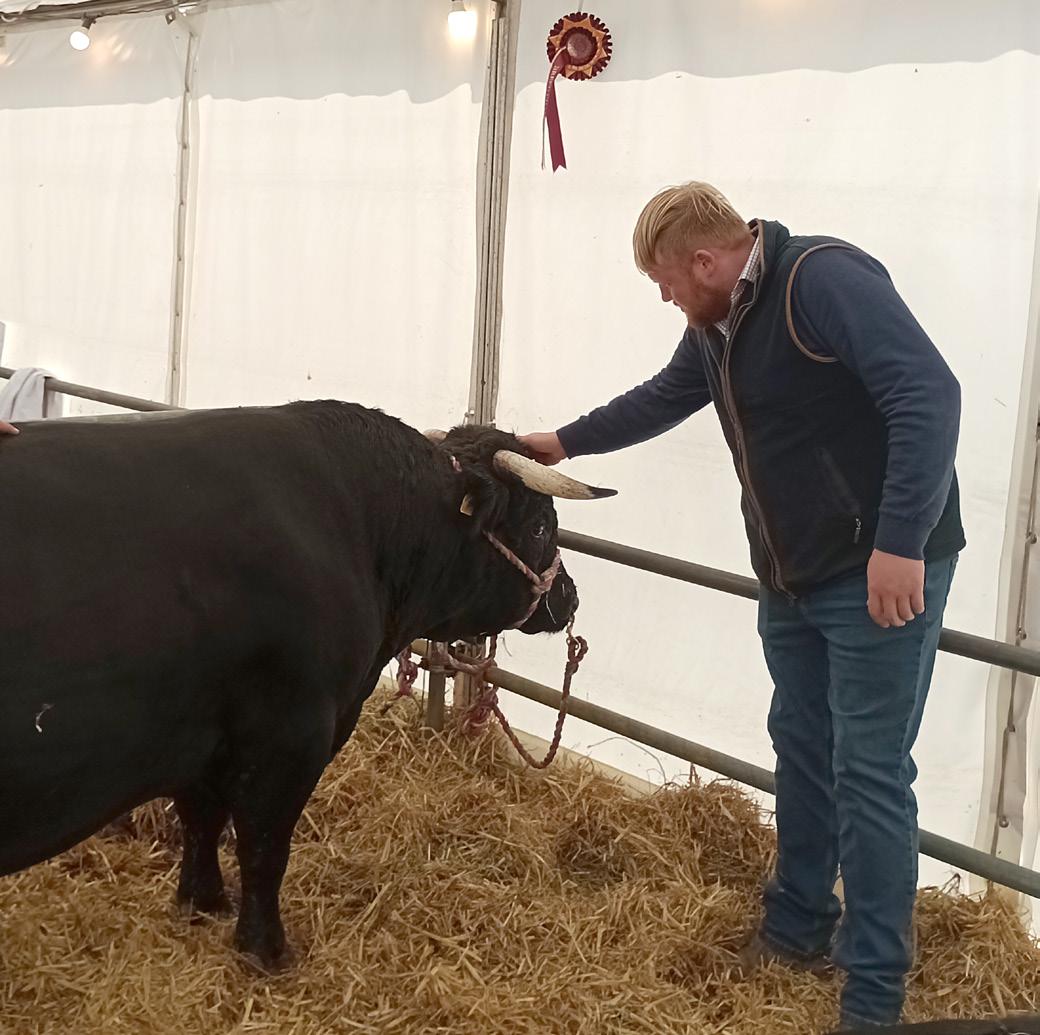
likes Mum’s spag bol? And then I say, well, these cows will become your steaks ...

‘The kids must learn where food comes from. My mantra is “to save a rare breed you have to eat a rare breed”. When you have two, you eat one and breed the other. Some might be a bit put off by it, but a couple of people came by my stand afterwards and said the children had told them what they had learned, and of course then the kids help teach the parents.
‘We should all probably eat less meat – but make sure what we do eat is decent quality stuff, better food. Don’t eat crap.’
Jason is clearly passionate about promoting farming and his rare breeds – and recently he’s had some standout moments.
‘It was good this week at the South Gloucestershire Show when we won the interbreed. But we also had our rare breed burgers there (Wessex Rare Breeds), and I got a thumbs up from Caleb Cooper for our burgers!’
Of course Jason will be showing his cattle at the Gillingham & Shaftesbury Show.
‘I’m looking forward to two things – showing the Dexters because they are our passion and also
having our catering enterprise at the show.’
As a show pro, Jason has some excellent advice for any first-time visitor to Gillingham & Shaftesbury Show this summer:
‘Make sure you explore and check out the livestock. Traders basically pack a trailer and take it to a show, but the preparation that goes into showing animals is phenomenal. So please just take five or ten minutes to walk up and down the aisles to appreciate the work of the farmers. And once you’ve seen the rare breed cattle, go and taste one! If every farmer had a rare breed on their farms we would no longer have rare breeds.’
‘To save a rare breed you have to eat a rare breed.’Jason’s British Whites at home on the Mendips
Outstanding Independent Farm Animal Veterinary Services for Livestock Farmers in Dorset, Somerset & Wiltshire
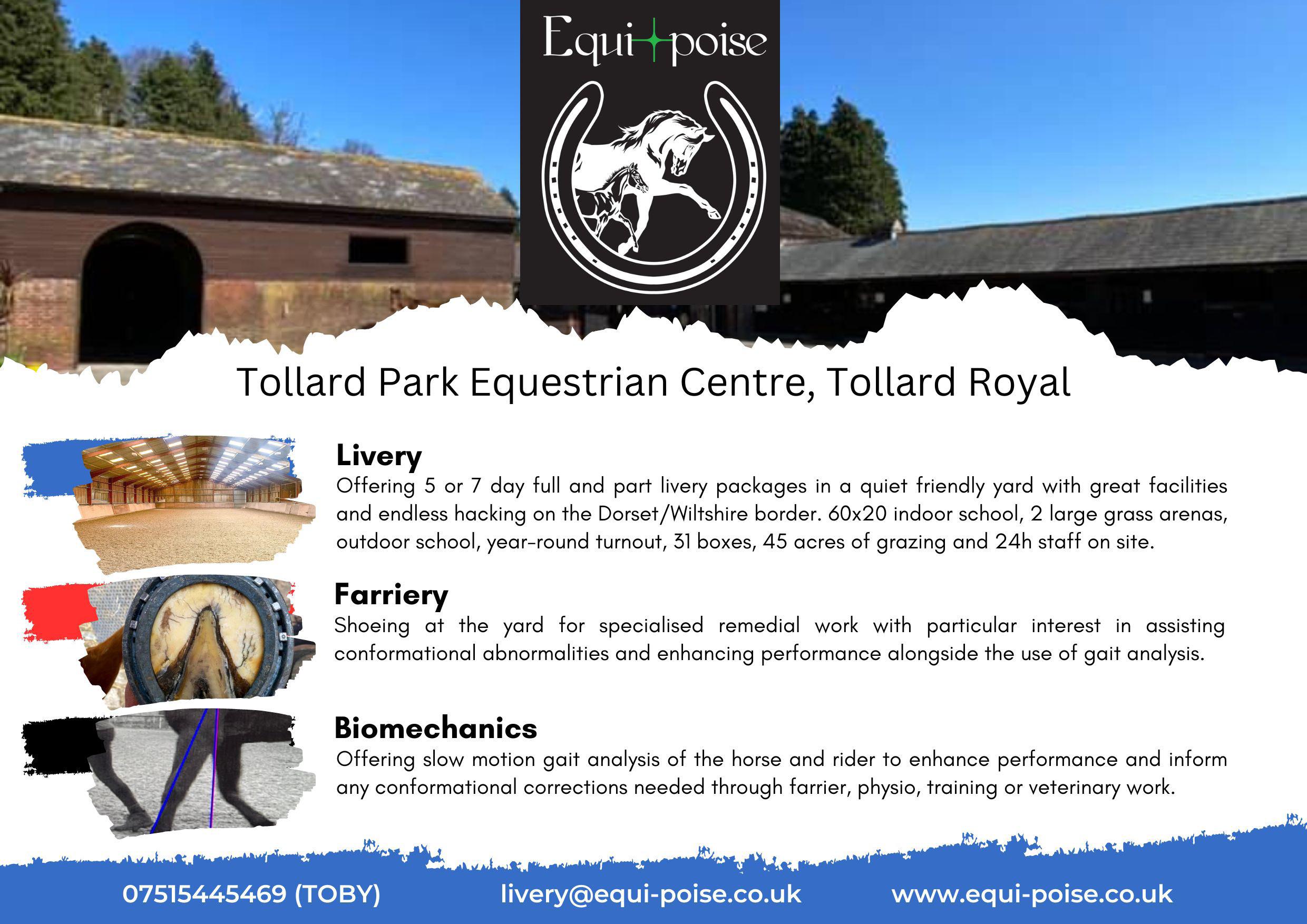






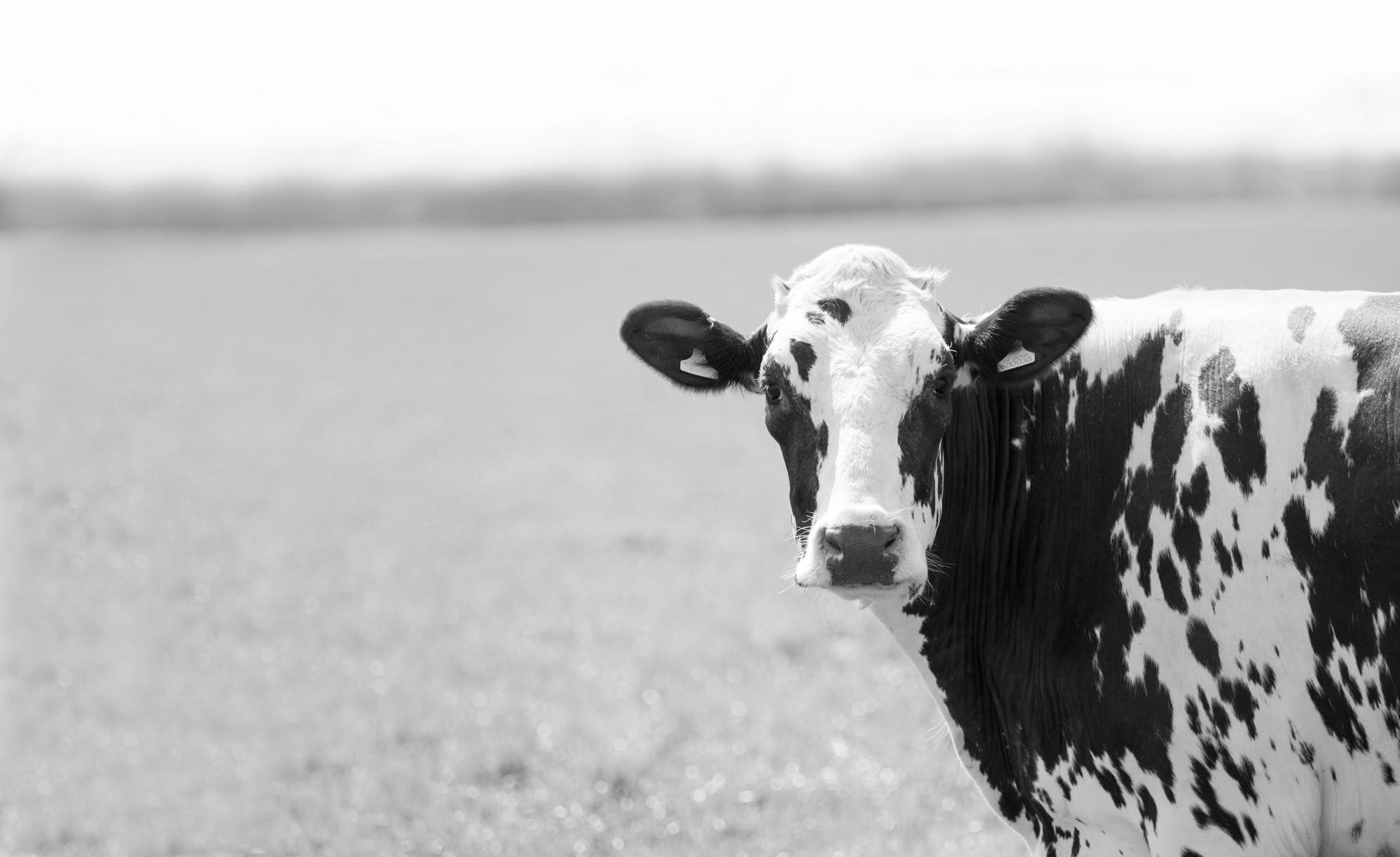
Collection points for livestock medicines and supplies at Sturminster Newton, Sherborne, Blandford & Shaftesbury

This is Wolfhanger Calypso – known for its woolly face, the Southdown is sometimes called the teddy bear sheep!
All images: Wowie Dunnings
Wowie Dunnings, inspired by a visit to her sister’s sheep, now successfully raises and showcases her Southdown and Oxford Down sheep in Fifehead St Quintin
When Wowie Dunnings visited her sister in Lincolnshire in 2013, little did she guess how a few sheep would transform her life.
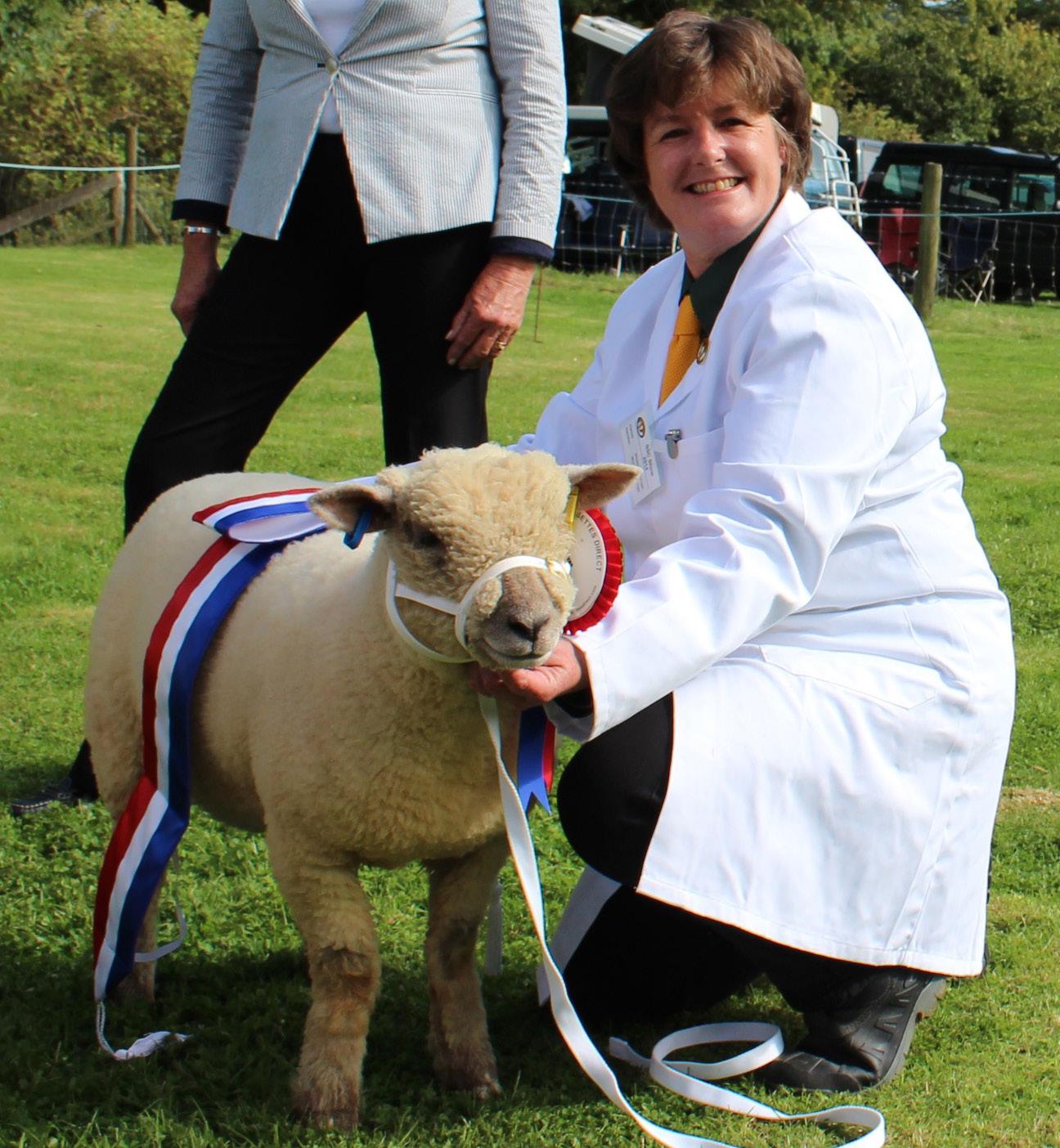
‘My sister has sheep in Lincolnshire. We visited for Easter ten years ago and I just got stuck into lambing and thoroughly enjoyed it. At that time I had been through nine operations and the work with the sheep just took the pain away and my mind off things. On the way home I asked my husband if we could have a few sheep ... and that’s how we got our first Southdowns!’
Wowie now has a small flock of 34 on her smallholding in Fifehead St Quintin, just outside Sturminster Newton. But why Southdowns?
‘My sister had them. They are a really good breed for beginners – they are friendly not flighty, and the mums are good, they just pop out the lambs! They are the smallest of the Down breeds, with the best fleece.
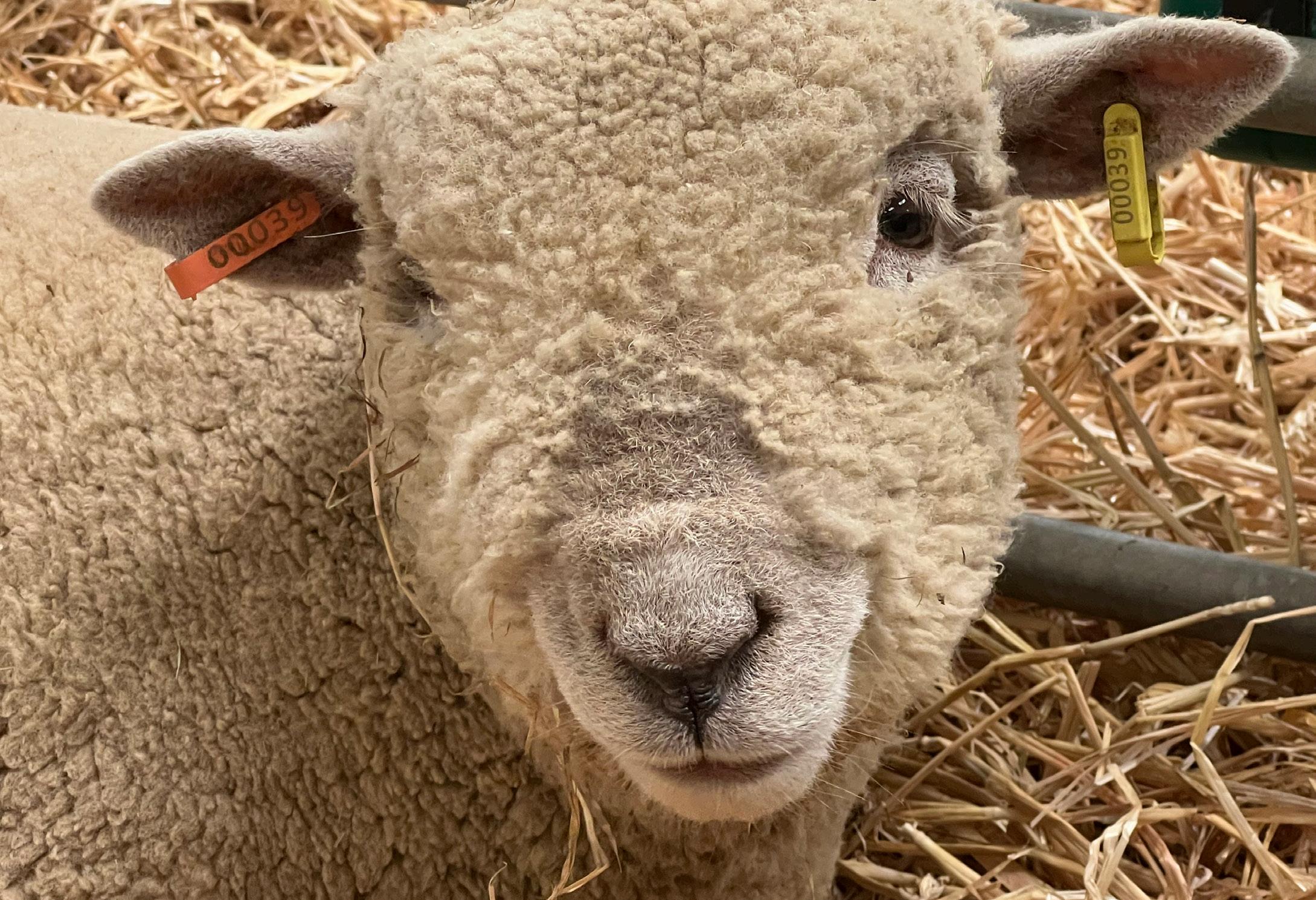
‘We also have Oxford Downs which are the largest of the Downs. They are so gentle – definitely the gentle giants. And they have the most amazing fleeces. When it comes to choosing sheep I always say: “go for the ones you like the look of – because you’ll have to stare at them every day!”
‘The Southdown is no longer a rare breed – it’s the Rare Breeds Survival Trust success story. All breeds
of Down sheep, including the Hampshire and Dorset, originate from a South Down.’
It is the oldest of the sire breeds in the UK and as the name suggests it originates from the native sheep which roamed the South Downs in the south of England for many hundreds of years. Known for

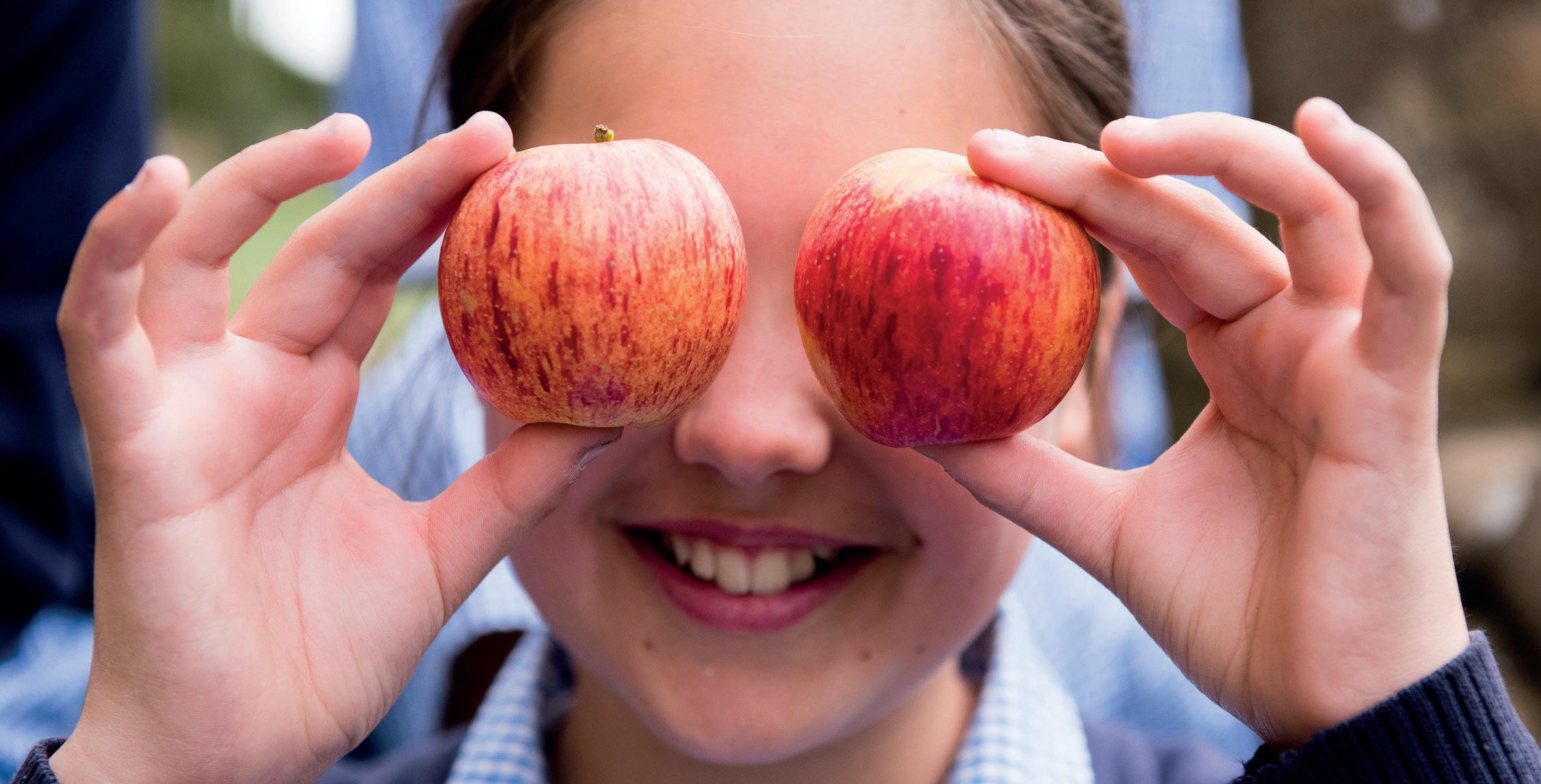


its woolly face, it is sometimes called the teddy bear sheep!
‘The Oxford Down is on the At Risk register, however,’ says Wowie. ‘There are just 3,000 ewes and 3,000 rams. Oxford Downs are big – but so quiet! And they are good for crossbreeding lambs, too. We always lamb in December because we enjoy showing.’
Wowie’s show record is impressive. Again, it was all down to her sister.
‘She suggested I should give it a go and see how I got on. I kept looking at the sheep and wondering, and then I had a lovely little lamb. So I entered her in a local show. We bought the kit and the trailer and I spent three hours carding* her fleece! I showed the ewe lamb and mother and also entered the novice class as it was my first time showing. I got first in both classes. Then the judges said I needed to go into the champions class – and I won that too!
‘The following year we went to the New Forest Show with a full team and we did really well there. The sheep look wonderful with their Wolfhanger green and yellow coats. This year we’re doing nine shows in all.’
A lot of preparation goes into showing animals –if it’s three hours for one sheep, how long to card a full team? But of course there’s more to the process:

‘I always think the preparation starts when you choose which ram to put in with the ewes,’ says Wowie. ‘But the preparation for a show starts about 10 days before. We’ll wash them all, to get the lanolin off. And I have an actual sheep hairdryer! It’s not hot and blowdries them perfectly. It’s really good – you can blow leaves with it as well!
‘The carding can take 90 minutes per sheep, so if we’re showing 12
sheep we start three days before; even longer for new lambs. ‘Then we put their coats on to keep them clean – though not if it’s hot weather. Then we have to gather all the material and information for the pens – if they win rosettes we like to display them, and we always put them on social media.’
Wowie makes it all sound easy but she says showing is not without its challenges. ‘Halter training can be hard. Lambs don’t like the halters and throw themselves on the ground! Some people keep them on a tight rope, but that can panic them. What we do is put the halter on the lamb and then just cuddle them, perhaps coax them with a bit of feed. We just stay there with them until they are relaxed and ready.’
Wowie and the Wolfhanger flock have a terrific track record, so what advice has she got for a first timer showing?
‘Enjoy it and don’t worry! It’s hard work but definitely worth it. And don’t forget to walk around the show to see what else is there. Ask questions from other people who are showing – these are the people you’ll learn from. Don’t think what you are asking is silly. People like to help. I met a lovely lady last year who also has South
Downs. I told her to come and find me this year and I’ll show her how to trim a sheep. ‘Also, read up on the show etiquette! There is definitely a right way of doing things – I don’t like to see white coats unbuttoned for example.’
And what advice does Wowie have for the public?
‘Buy wool! I spoke to a couple at a show recently, and they had no idea how dire the industry is. When people ask about wool I always ask them what they are wearing? Most of it won’t be wool. A modern fleece will be made of recycled bottles or something. It’s also amazing how little some people know about farming – Jeremy Clarkson has done a hell of a lot to promote agriculture and say what it’s really like. TV shows are a great opportunity to educate the public on farming issues.’
Look out for Wowie and the Wolfhanger team in the Sheep Section, and be sure to say hello! • wolfhanger.co.uk
* Carding is basically combing the fleece, making sure all the wool fibres are untangled and aligned in one direction
**Because we know you’re wondering: when her younger brother was a toddler he couldn’t say Isabelle-Alice so plumped for Wowie instead. It stuck, and she’s been Wowie ever since!
Lambs don’t like the halters and throw themselves on the ground!
Dorset farmer and BV Magazine columnist George Hosford gives to show visitors an insight into modern farming with his July farm diary
• Grasshopper:
long word – short antennae
• Cricket: short word – long antennae
• Katydid:
odd word, also known as a bush cricket, definitely confusing the issue
It’s a Meadow Grasshopper on the thumb and a long winged meadow Katydid in the image below – and they’re on the hand of the teacher who brought a class from Durweston to the farm at the beginning of July. That’s what the ‘Picture Insect’ app tells me at least – and yes, a proper student of wildlife would cross-check in a book, but life is too short to be buried in reference books. Apps like this one, the ‘Merlin bird song app’, and ‘Picture This’ for plants and trees, have revolutionised my life ... and increased my screen time and shortened my phone battery life alarmingly!
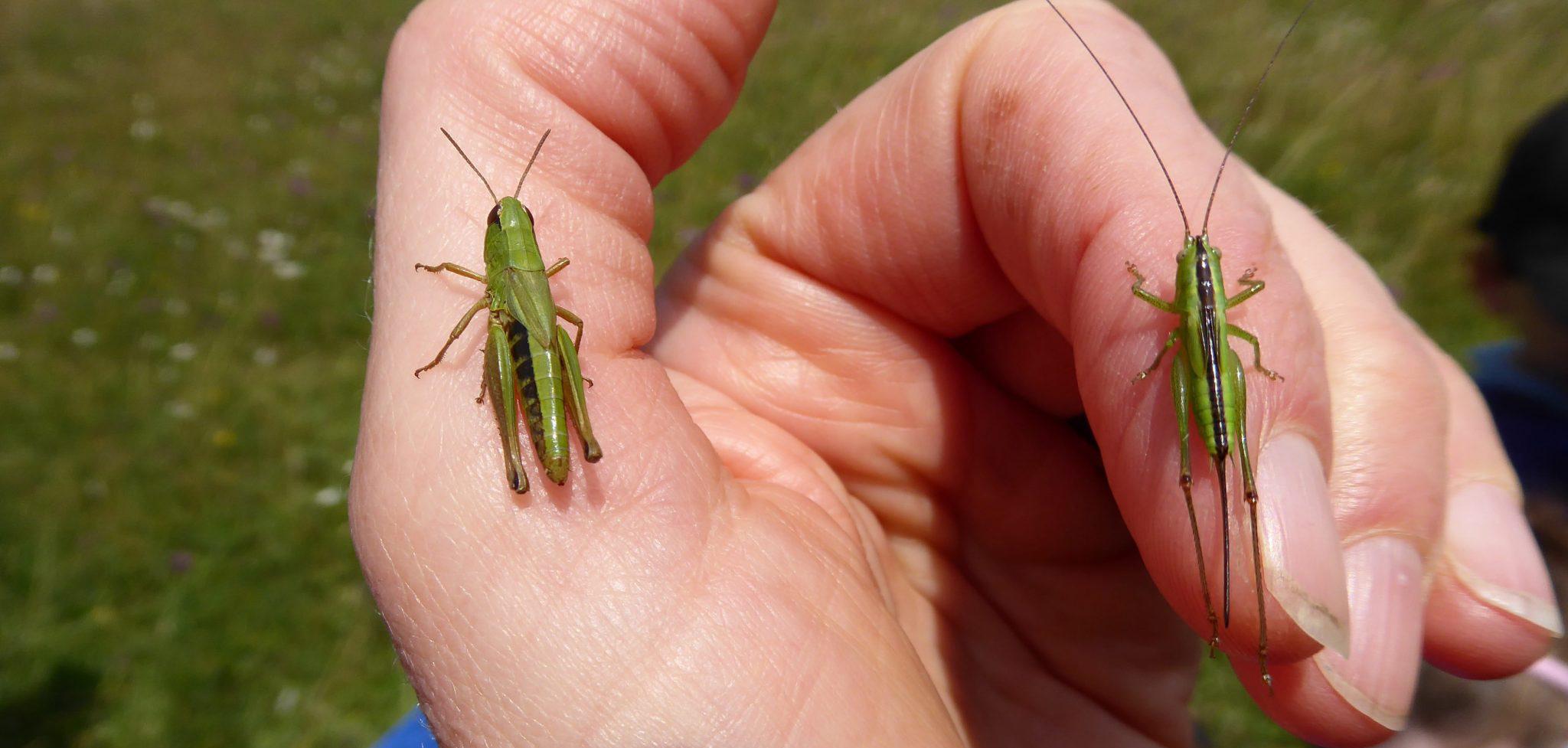
It was a lovely sunny day for this particular school visit. We had great fun looking at crops approaching harvest and wild flowers on chalk downland, and spent ages catching (mostly) grasshoppers plus quite a few other mini beasts. A sunny day
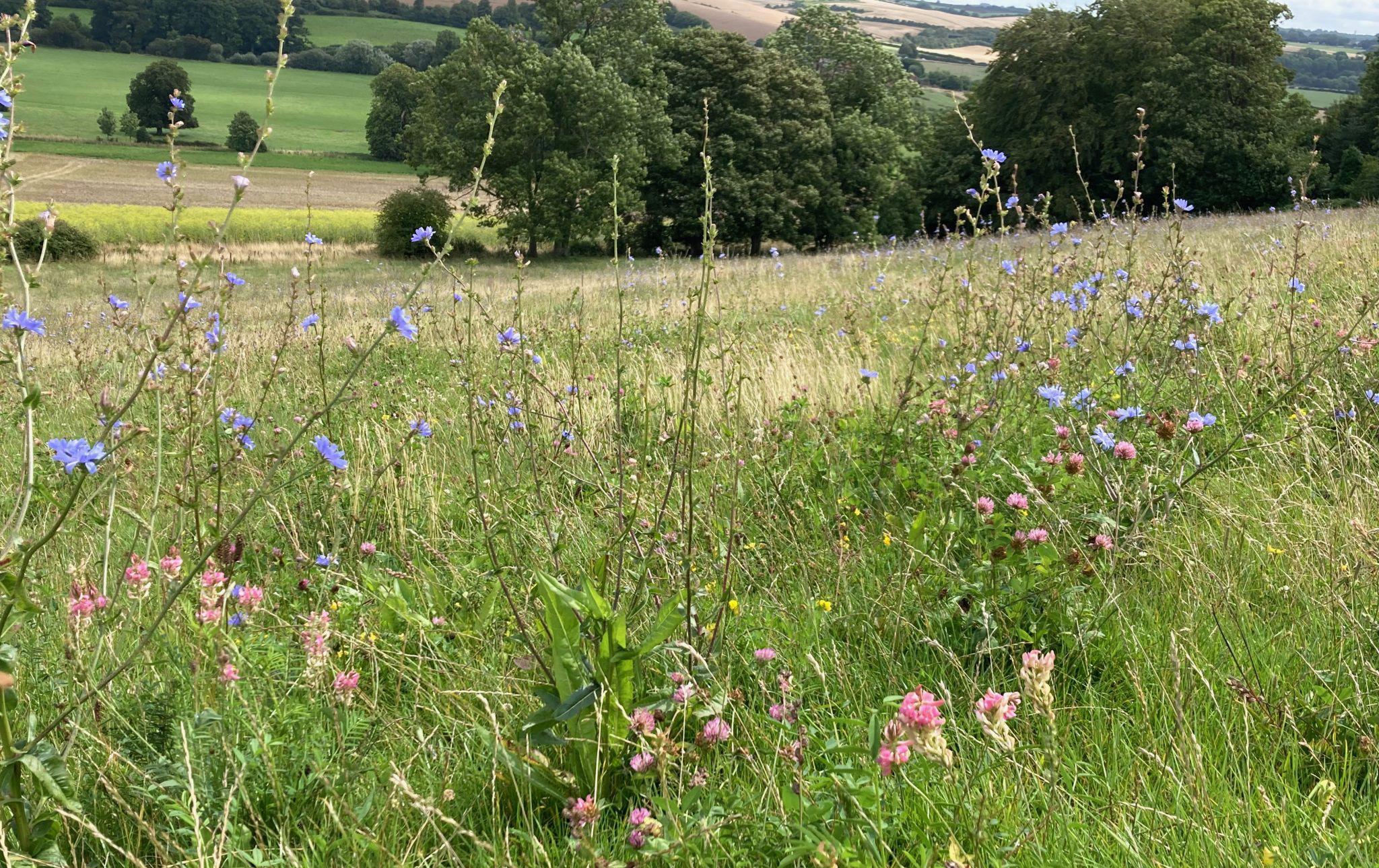
in July is perfect for crawling about on hands and knees trying to catch insects for identification, and for learning new plants. After that it was time to pull on the rubber gloves and find a suitable cowpat for excavation. We needed one not too old, not too fresh ... as Goldilocks said, it needs to be just right. Covered in holes on the surface, firm enough to be a little crusty, but still soft enough inside to be populated with a variety of
insect life, hopefully including some dung beetles.
If we don’t dose our animals with wormers then there will be a better chance of dung beetle presence – they are an indicator of, and contributor towards, soil health, carrying dung deep into the soil with their burrowing activity. On this occasion we found a couple of beetles who rapidly tried to burrow away from daylight, numerous small unidentifiable flies and one mealworm from another beetle species. At least a bird not worried about a dirty beak would be very pleased to find it!
We have been pushing on with harvest when the weather has given us a chance. We nibbled at the Wildfarmed* winter wheat, which has ripened earlier than the other wheats, but it wasn’t
‘... The shed are sadly rather smaller than we had hoped.’After three years, George has successfully established herbal plants into an aged and worn-out permanent pasture – it’s had very little grazing while it has slowly rooted.
quite ready so we moved on to the spring barley, which is equally weather-sensitive. Once milling wheat or malting barley is properly ripe, it is important to gather it swiftly, before the weather breaks and essential quality levels deteriorate. We also try to keep one eye on the straw, so that our long-suffering straw contractor stands a chance of baling the straw before it gets soaked. If it looks as though rain is imminent, it’s a bit unfair to race through a damp crop with the combine leaving line after line of soaking straw. This will only delay our return to the field to sow the next crop, so usually it pays to be patient. The baler running right behind the combine on a sunny day, dust flying, is the best of all. Once the harvest is in, some decent damp weather means the oilseed rape or cover crops – which will be sown as
soon as possible afterwards –have a greater chance of swift emergence and growing away while the sun is still high in the sky. Every week’s delay in sowing reduces the sunshine hours available for important early growth before winter.

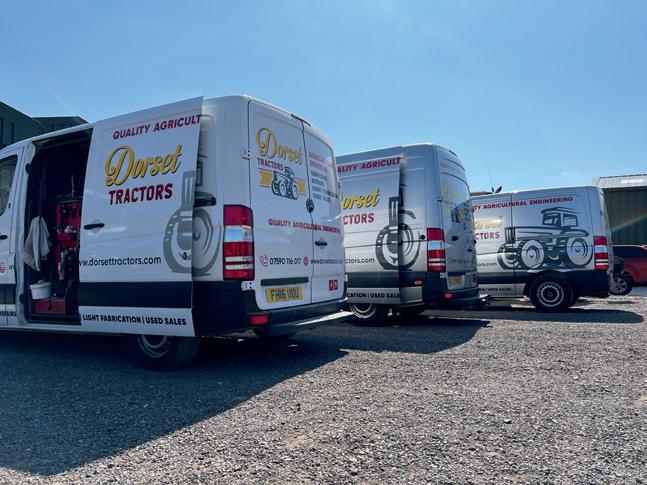
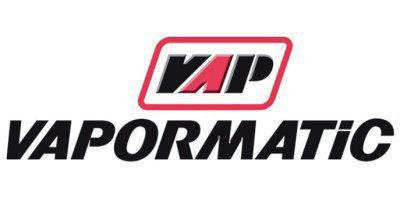




By the end of July we had cut all of the winter barley and the oilseed rape, the earlysown spring barleys, and the Wildfarmed winter wheat – and in all cases the heaps in the shed are sadly rather smaller than we had hoped.

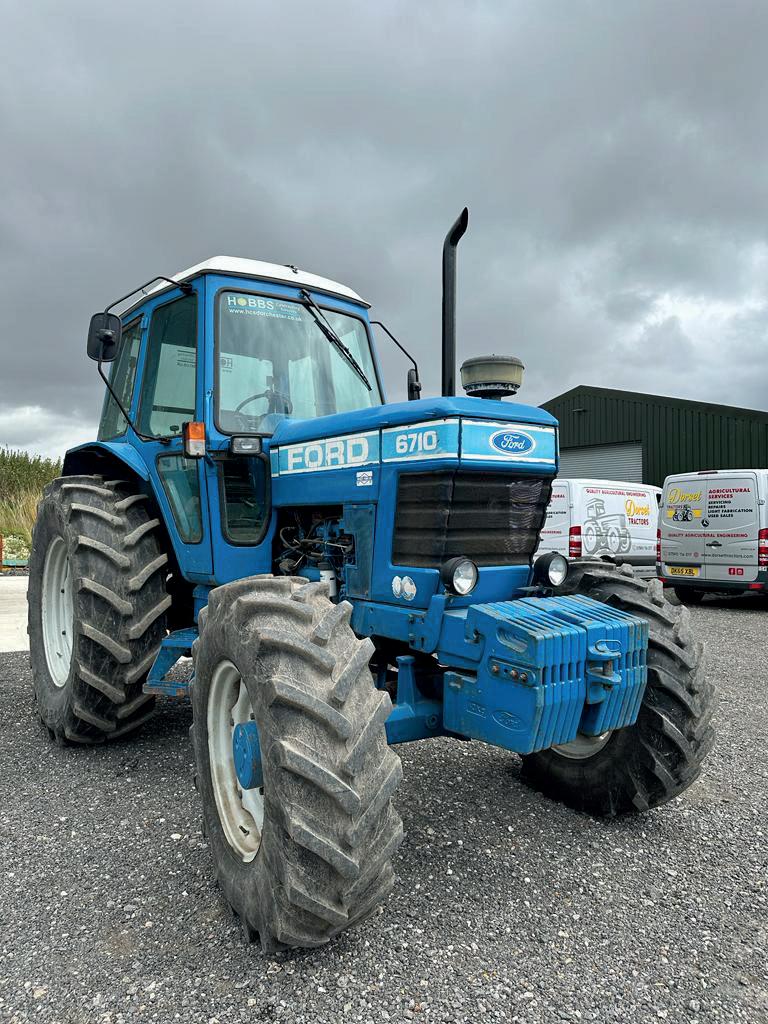
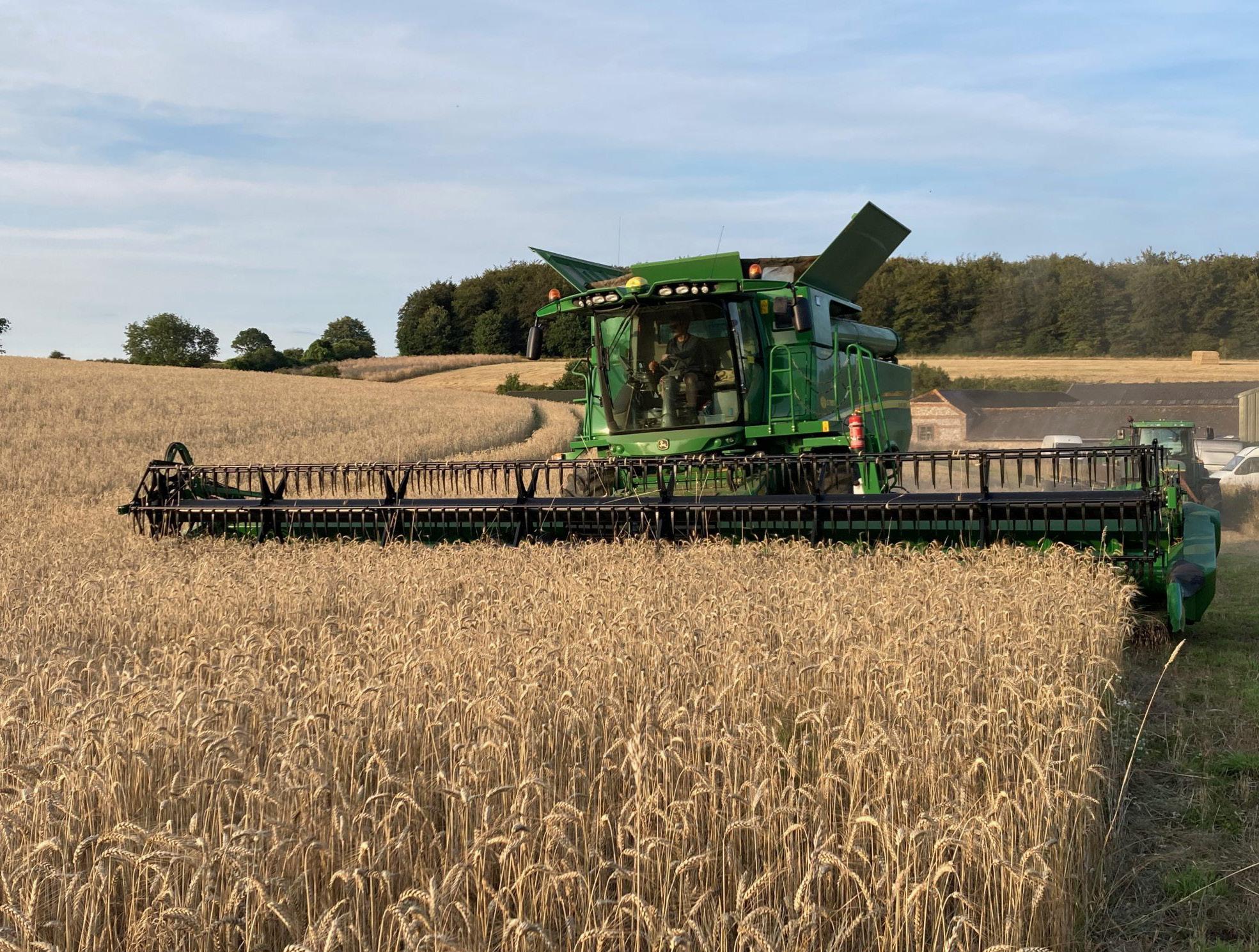
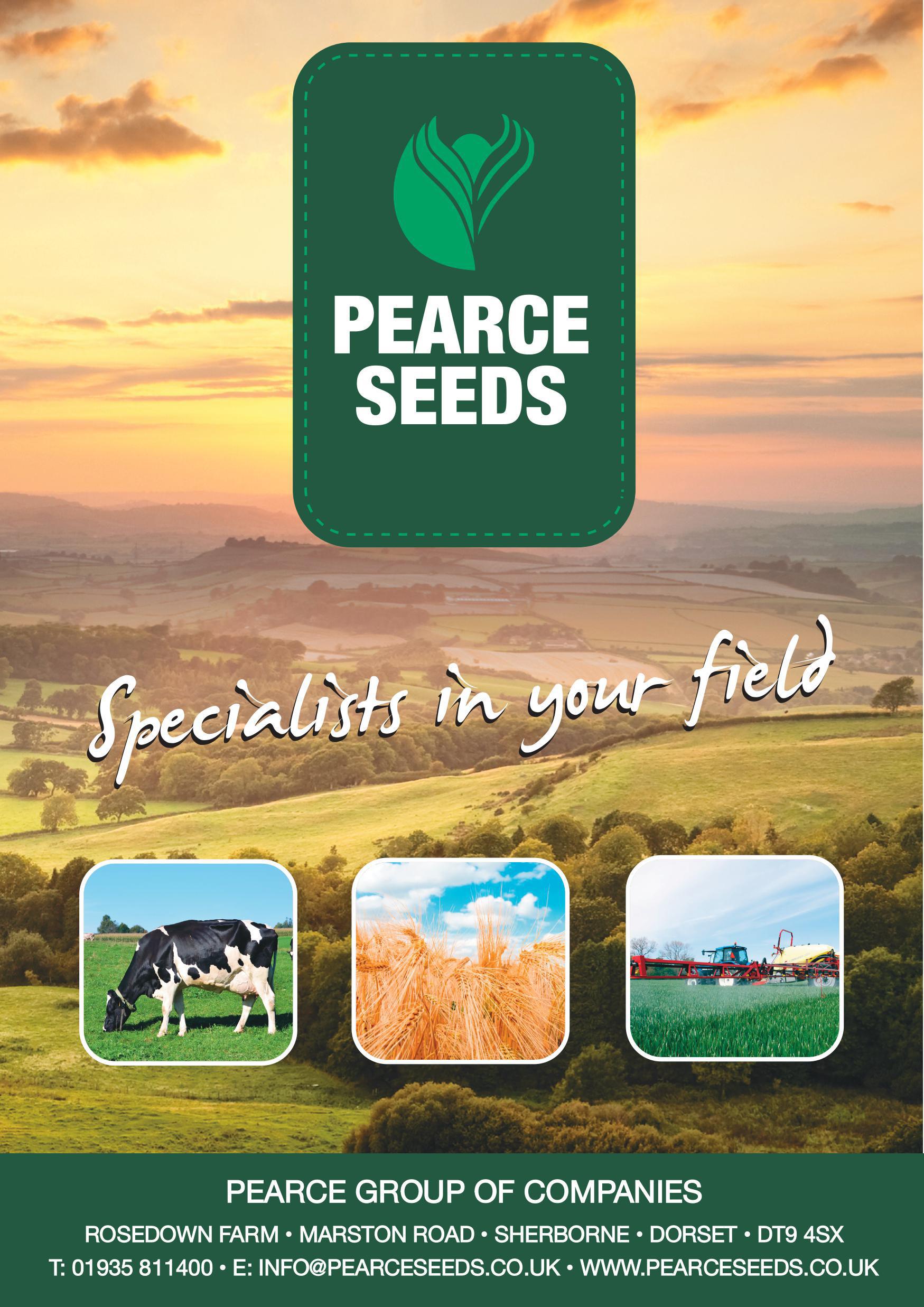
We are still debating why this is; the usual suspect is the weather, and it’s no different this year. A wet and cold winter, late cool spring and a boiling hot June have conspired to depress yield prospects. Once again we have been experimenting with fertiliser and spray inputs. So we have yet to discover what the main wheat crop has in store.
We have sown a selection of crops in one field, in order to save the seed and use it to sow our over-wintering cover crops. This will be the third year we have done so and it is amazing how well the combine copes with such variation (admittedly it is possibly something to do with the operator?!).
The seeds are very different from our other crops, and the straw is variable in texture and quantity, yet we have ended up with usable samples. Some of this year’s crops won’t
be cut until after their seeds would need to have been sown, so we will dry and store those until next year. The turnips on the far left of the image have already been cut and cleaned with our ancient Rutherford cleaner, and are ready to sow again soon.

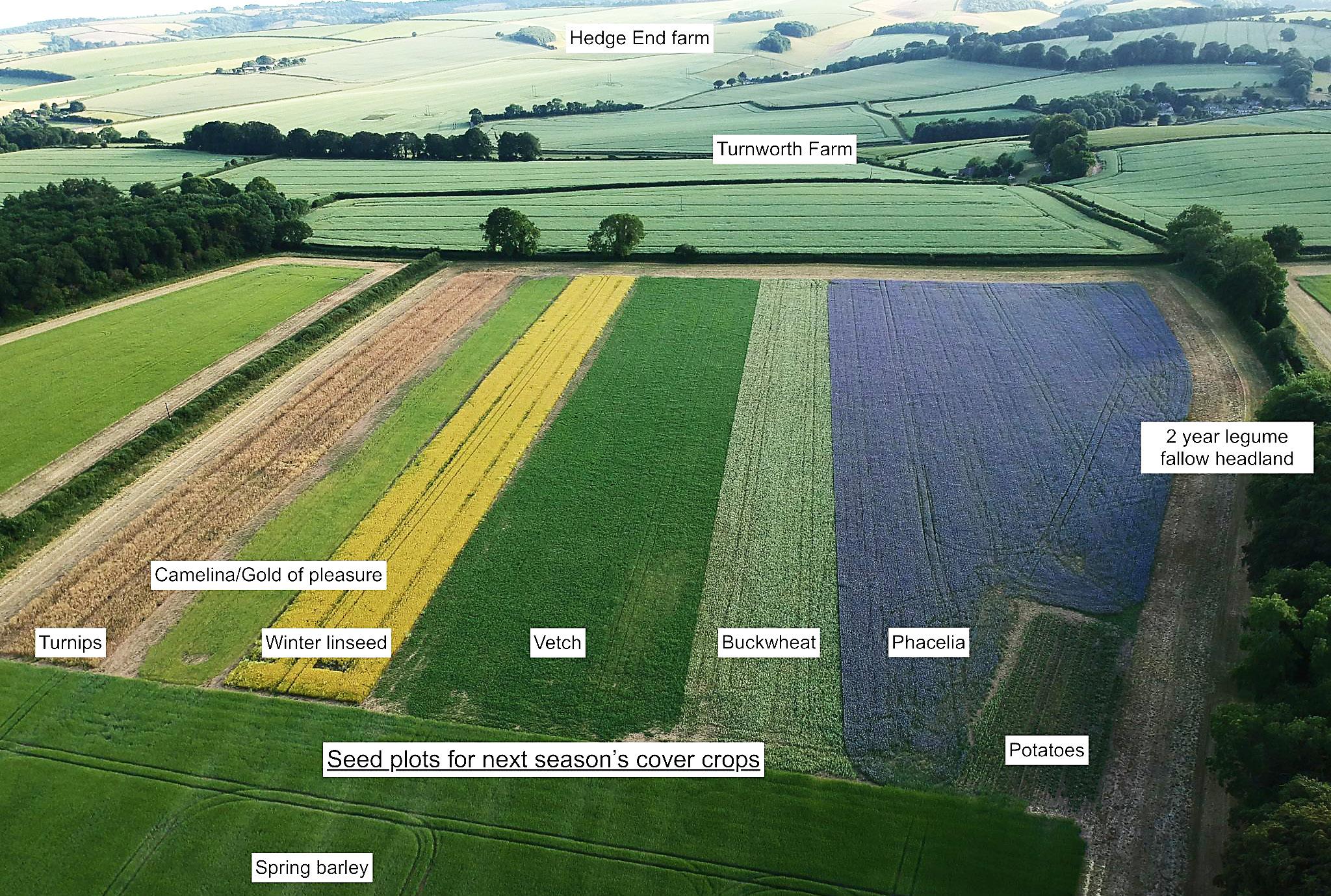
This summer we became the
proud parents of another graduate in the family. In the ceremony lists of graduates I found it a little odd that there were twice as many students of consumer behaviour and marketing than there were of agriculture. I can’t help feeling that this could reflect the reducing numbers of people occupied in grass-roots food production across the world.
Technological advances and the relentless drive to reduce the cost of food inevitably drives people out of the industry, thus making it ever more dependent on chemicals and fertilisers applied in textbook fashion across vast areas which cannot possibly be managed in a way that can produce food while simultaneously preserving (let alone improving) soil health and protecting environmental diversity. In order to compete in a cut-throat world driven by the retailers and costconscious consumers, farming has become hugely competitive. Arable farmers have long been paying silly money for rented or contracted land, and to cover it all they need hugely expensive machines. Once committed to this capital expenditure, along with often unsustainable rent levels, the last thing they can risk is losing yield. So every avenue is followed to optimise production. This is very expensive – in many
cases, farmers are over-applying inputs because they can’t risk what they see as failure.
In our own case, we have achieved 11 tons per ha of wheat in four out of the last ten years. That for us is amazing, but we would be fools to think we can do that every year – the rainfall makes sure of that. Rainfall and sunshine distribution will always have more influence than fertiliser and chemicals. Should we stick to the high input policy of those good years – thereby implying that in the other six years we over-applied fert and chem?
Or should we settle for a bit less yield in the best years, instead matching our chemical input levels to the average output we might expect?
Paying close attention to the financial margins of different levels of input and output, while weathering the vagaries of international markets for grain and gas (fertiliser), is of course
essential bedtime reading.
Along the way we are learning about the damage that chemical fertiliser does to the soil. We know now that it destroys organic matter and soil health. And are the fungicides we use to keep disease at bay on the plants above ground actually destroying the mycorrhizal fungi within the soil that are so important for healthy plant/soil interaction?
If we are to be serious about global temperature and the human effect on the planet’s ecosystems, we really do need to address these issues.
• George Hosford farms near Blandford, and writes a regular monthly farm diary on his blog View From The Hill
* Wildfarmed works with farmers, believing that affordable, nutritious food must be grown in ways that mimic natural systems, restoring soil and with far fewer inputs.


The view from Henning Hill, looking north across Melcombe Bingham to Nordon Hill and the Dorsetshire Gap to its left.
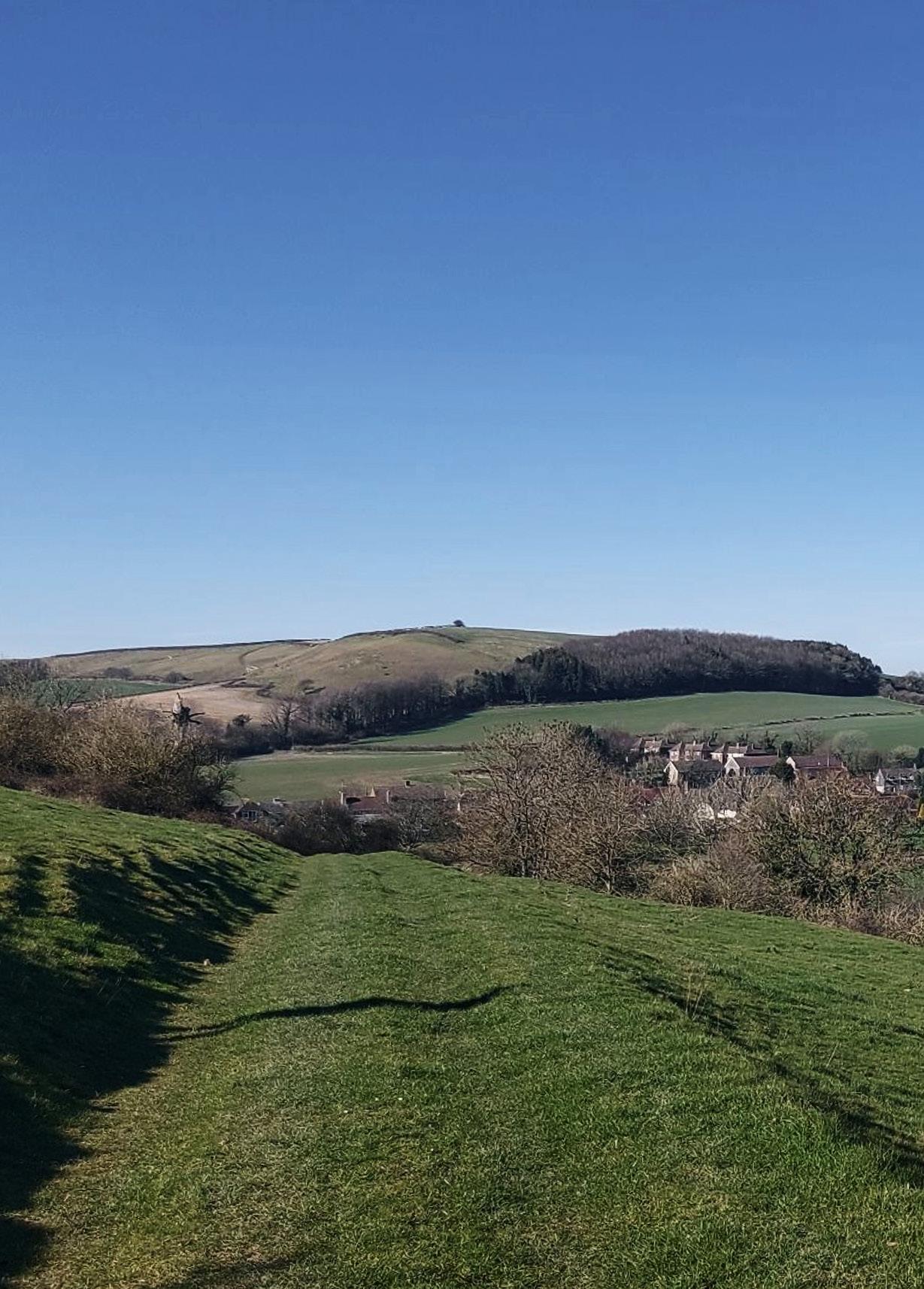
Enjoy big views with ever-wide skies as you complete the circle from Lower Ansty – starting with easy parking in the village, then a few simple climbs to enjoy the best of Hog Hill looking out over Lyscombe Bottom and back down via the Dorsetshire Gap ridge. Bingham’s Melcombe is a beautiful estate - do wander out of your way to visit the church and pause to enjoy the view of the gardens. Perhaps also opt to walk the footpath around the front of Nordon Hill from the Dorsetshire Gap –the views are spectacular, but the rough path runs awkwardly across the face of a steep hill: you’ll potentially spend all your time trying not to break an ankle. We have done it that way, but now opt for the simpler-going flat route around the back!
CLICK HERE for more images and an interactive map (plus a downloadable gpx file)
All images © Laura Hitchcock
The BV creates recently-walked routes (See all previously-published routes here), so you know you can trust them. You can see all the routes (including many which are unpublished in The BV) on Outdoor Active, and all include a downloadable gpx file.
This route is filled with great lunch spots, but our top two would be the cross dykes on Hog Hill – one of my favourite spots to sit and enjoy the view – or from the Dorsteshire Gap ridge line, with spectacular views both sides. NB the Gap crossroads is always muddy - do watch your footing as you descend.



Don’t carry on up the apparently clear path over Henning Hill; you turn right before the barn to get to this view. We go straight on through the gate (wrong) every. Single. Time.

Have you ever considered entering a cake into one of the Homecraft classes? If so, do be sure to check the rules first – there are usually strict guidelines on size and presentation and sometimes there’s a specific recipe you must follow. For example, to enter a bake into the Lemon Drizzle Class, you must use this recipe:
• 6oz self raising flour, sieved
• 1 tablespoon icing sugar
• 6oz caster sugar
• 6oz butter, softened
• 2 eggs
• 4 tbs milk
• grated zest and juice of one lemon
Method: Cream butter and sugar together until light and fluffy. Gradually beat in eggs and milk. Fold flour and lemon zest into mixture. Spoon mixture into greased and lined 2lb rectangular/loaf tin. Bake at 350º/180º (300º/160º for fan oven) Gas mark 4 for 50-60 minutes until golden brown and firm to touch. Mix lemon juice and icing sugar together to make a thin paste. Prick the top of the cake while still warm in the tin and pour lemon juice and icing sugar mix over and allow to cool in the tin.
I’m not competing this year, however, so I thought I’d share my own lemon cake recipe. It’s not a prizewinner (yet!), but it is simple to bake, an absolute summer crowd-pleaser (it serves 15 or more) and completely delicious. Enjoy the show! Heather x
For the Cake
• 12oz / 340g butter (or baking margarine)
• 12oz / 340g caster sugar
• 6 eggs
• 12oz / 340g self-raising flour
• 3 lemons
For the buttercream icing
• 4oz / 115g butter
• 8oz / 225g icing sugar
• Juice of the 3 lemons
• Milk, if required
• Plus a jar of lemon curd and a little extra icing sugar to decorate
• Smear some butter around the base and sides of three 8” cake tins and place a circle of greaseproof in the base of each tin. Preheat the oven to 180ºC/Gas Mark 6.
• In a bowl, add the butter, sugar and the zest of the 3 lemons (keep the juice for later). Using a stand mixer, an electric whisk or a wooden spoon, beat together really well until the mixture becomes light and fluffy and turns pale.
• Add in the eggs one at a time, beating the mixture well between each one. If the mixture separates slightly, you can add one spoonful of the flour into the mixture and beat well.
• Slowly stir in the flour, taking care not to beat hard and knock out all of the air that has just been worked into the mix. Spoon the mixture into the three tins evenly and level the tops so they are mostly flat.
• Bake in the oven for 20-25 minutes. Check the bakes after 20 minutes – you may need to swap them around in the oven so they cook evenly. The cakes will be done when they have come away slightly from the edges of the pan and the top of the cake is springy to the touch.
• Leave the cakes to cool. When cool, use the lemon juice from two of the lemons to drizzle over the sponges to really boost that lemony flavour and keep the cakes lovely and moist.
• To ice the cakes, make a simple buttercream icing by beating together the butter and icing sugar before adding the juice of the remaining lemon. If the mixture becomes too stiff, soften with a little extra juice (or milk). If the mixture is too soft, you can just add some more icing sugar.
• To ice the cake, layer the sponges on top of one another, spreading some lemon curd and some of the icing between each layer.
• For a really decadent finish, drizzle the top with some more lemon curd and some extra icing sugar mixed with some lemon juice.
Heather Brown is on the committee of the Guild of Food Writers; she is a home economist with a passion for Dorset’s brilliant foodie scene. She runs Dorset Foodie Feed, championing Dorset’s food and drink businesses, as well as working with her food industry clients.
Decadent zesty lemon cake
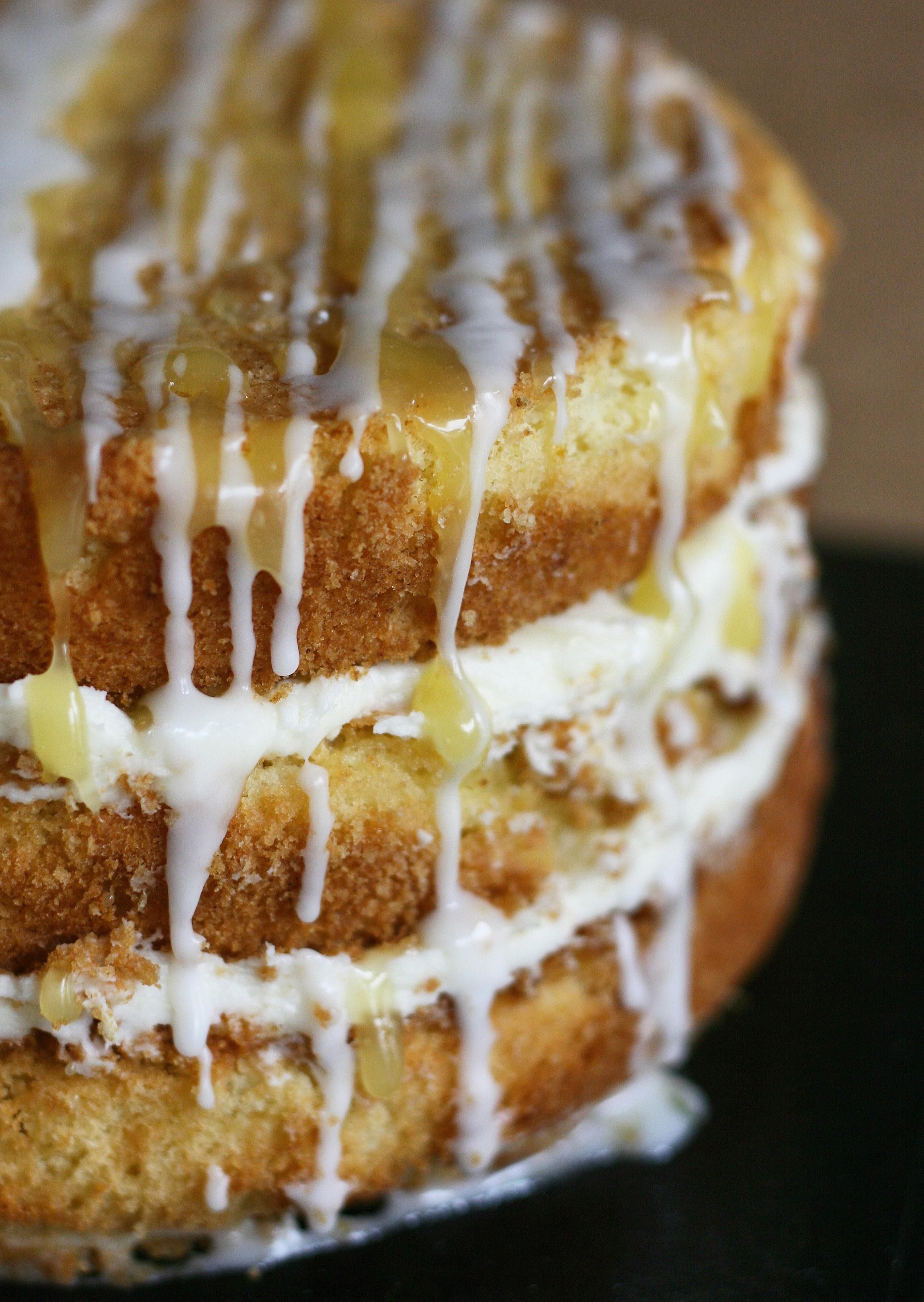 Image: Heather Brown
Image: Heather Brown
